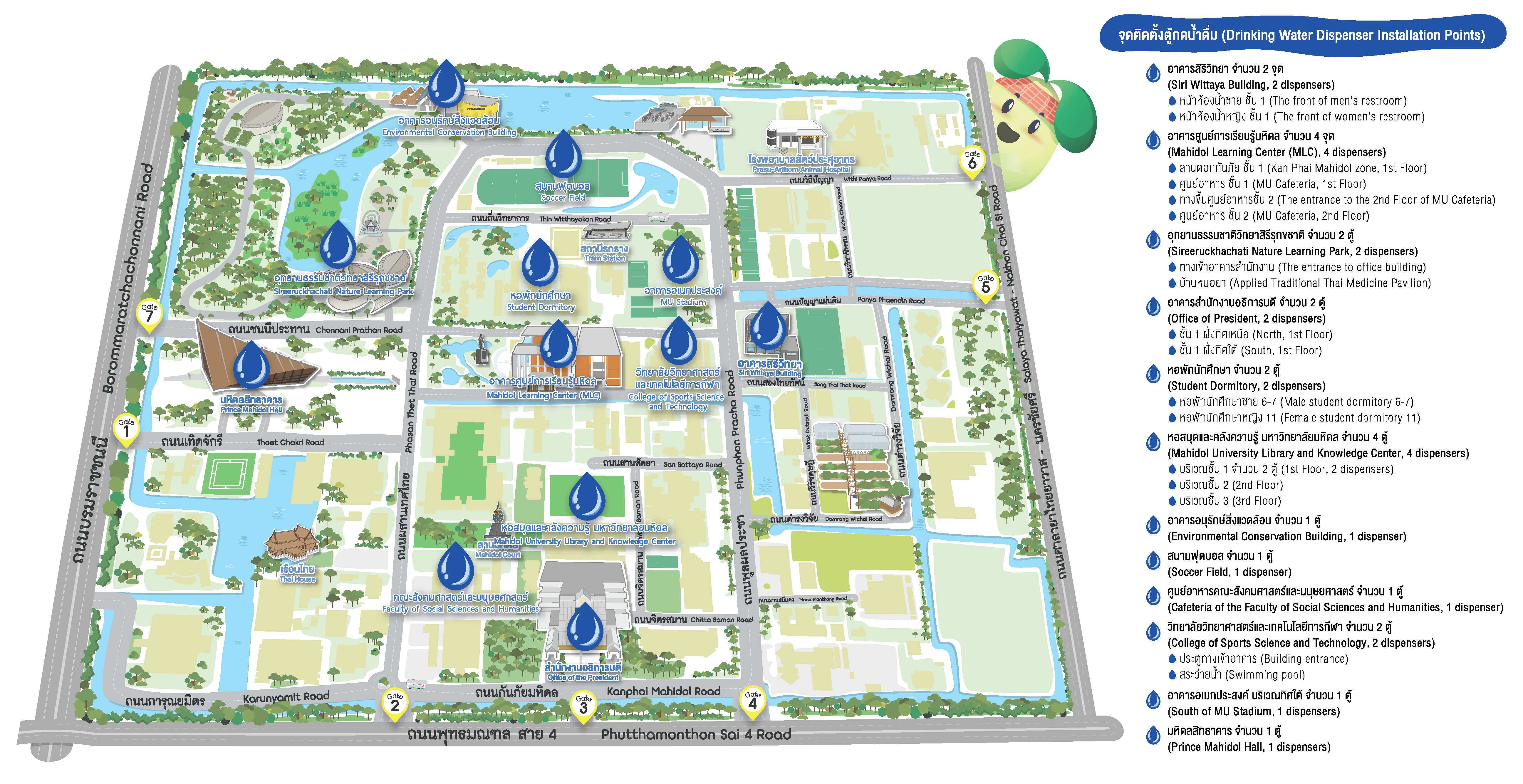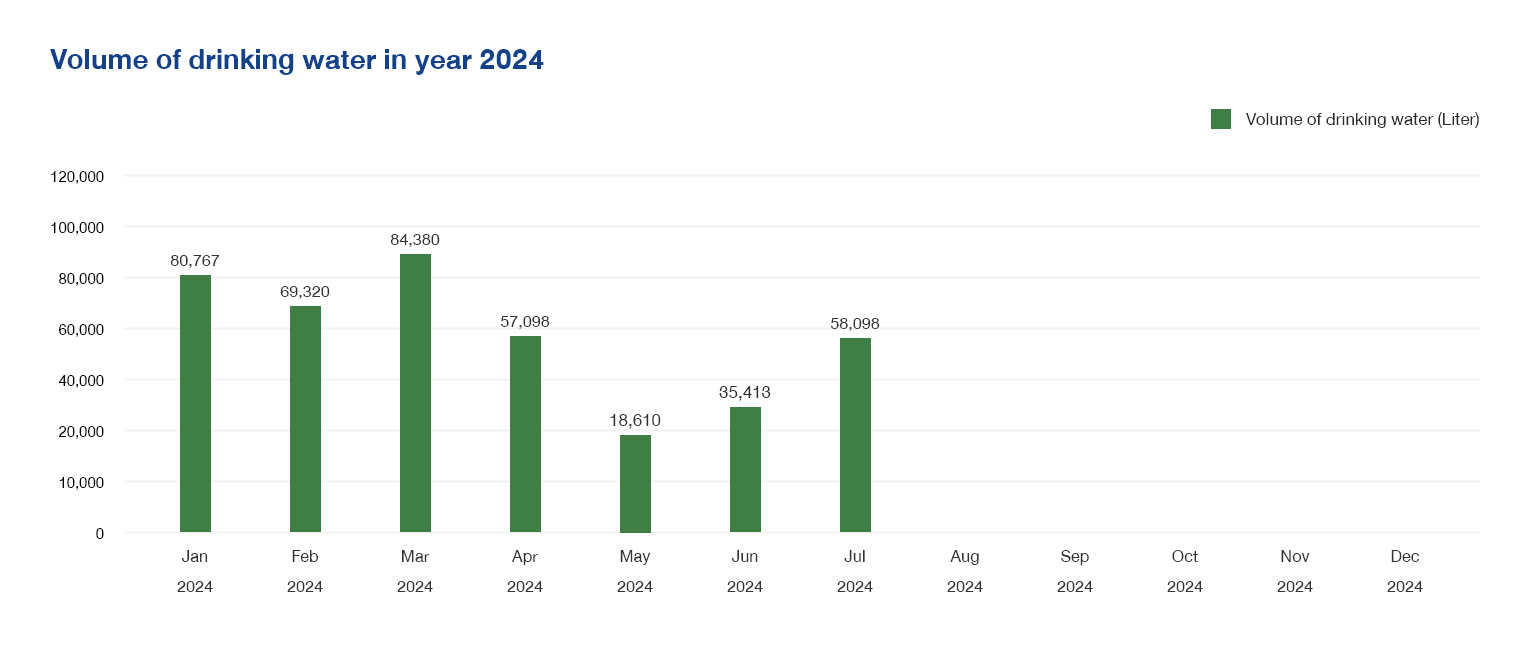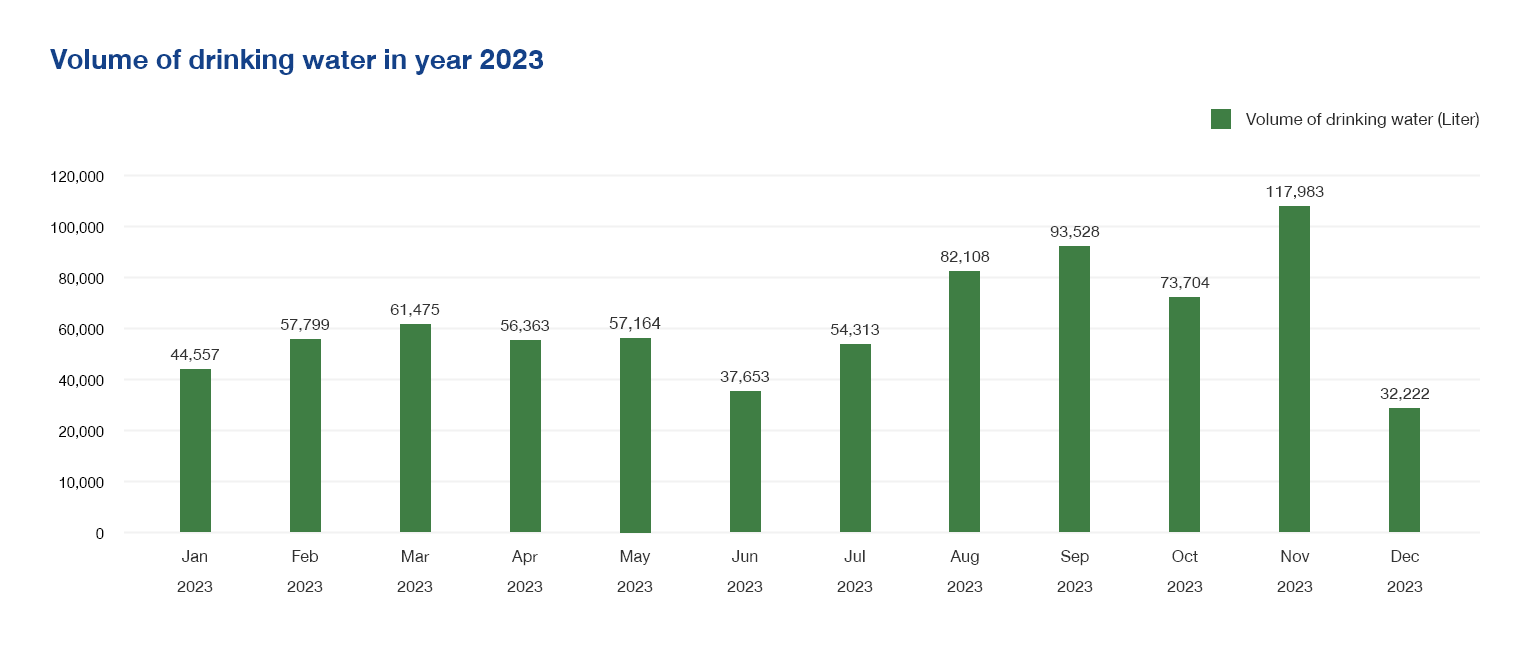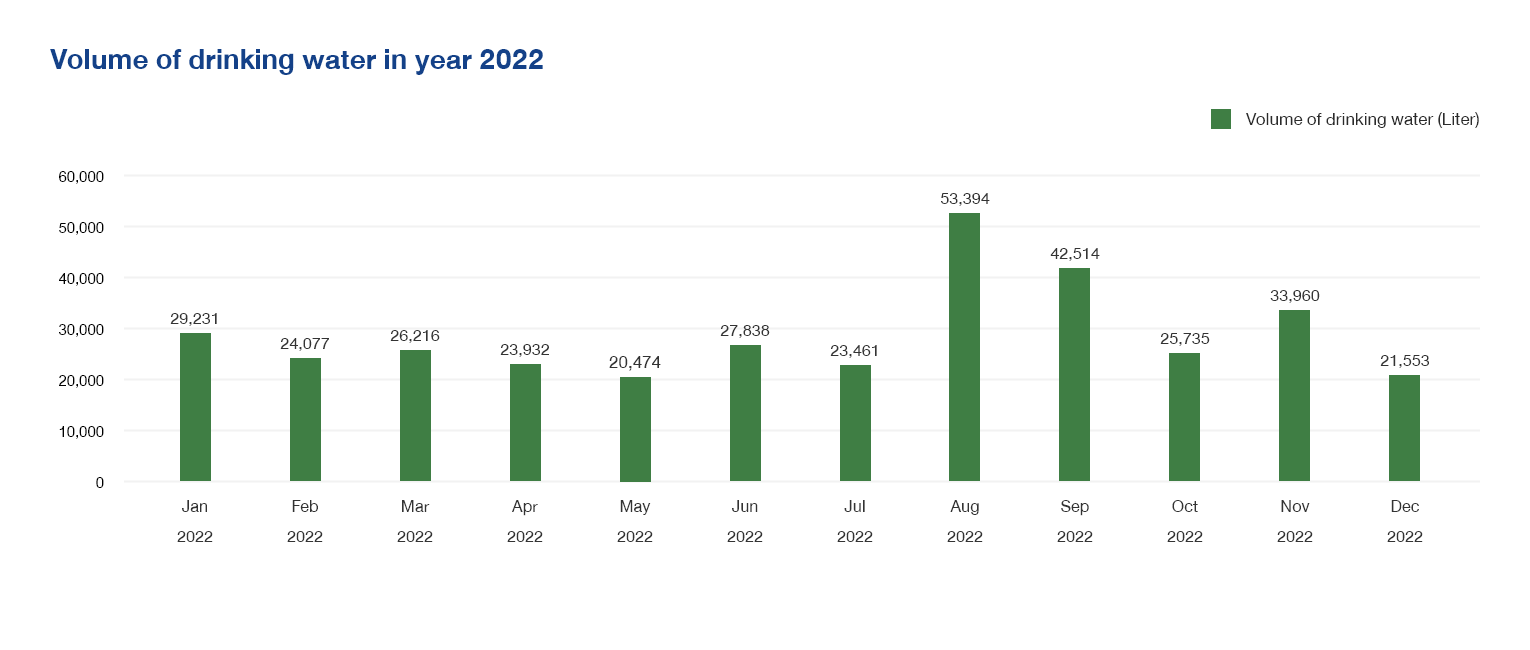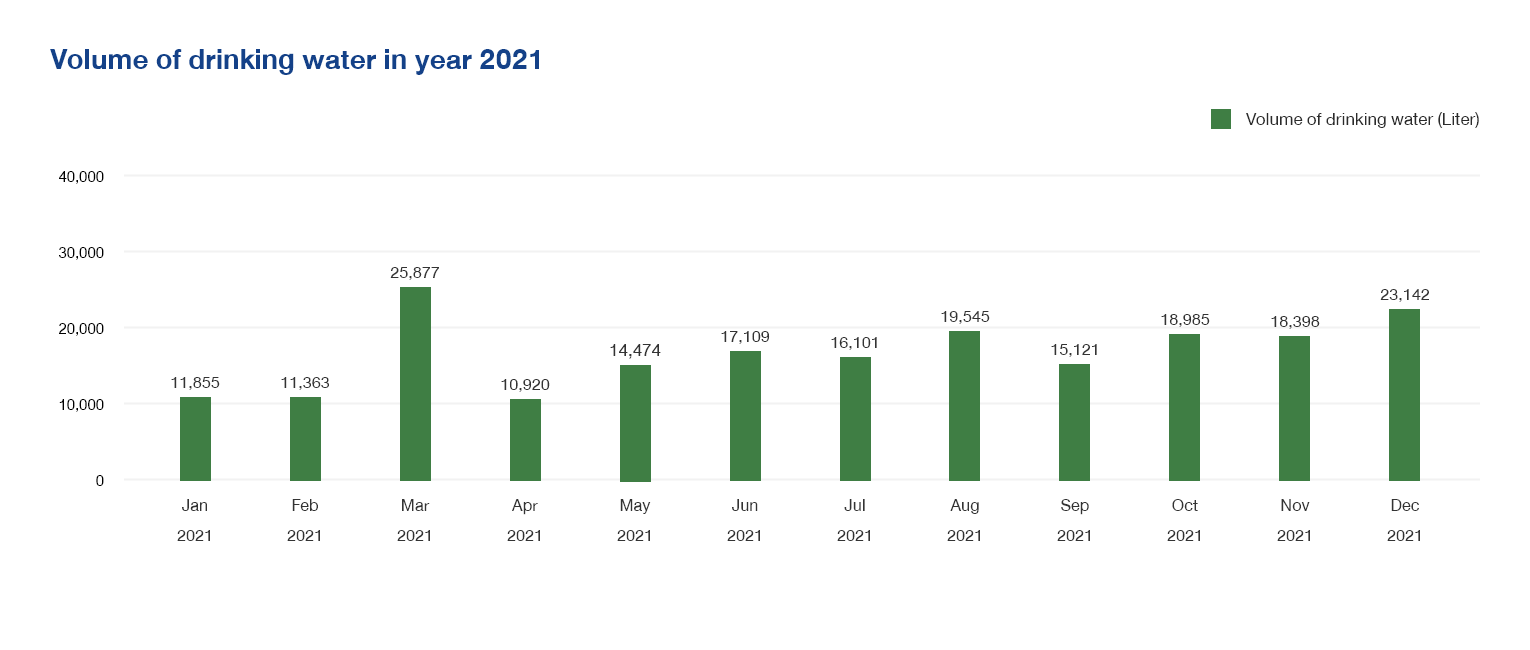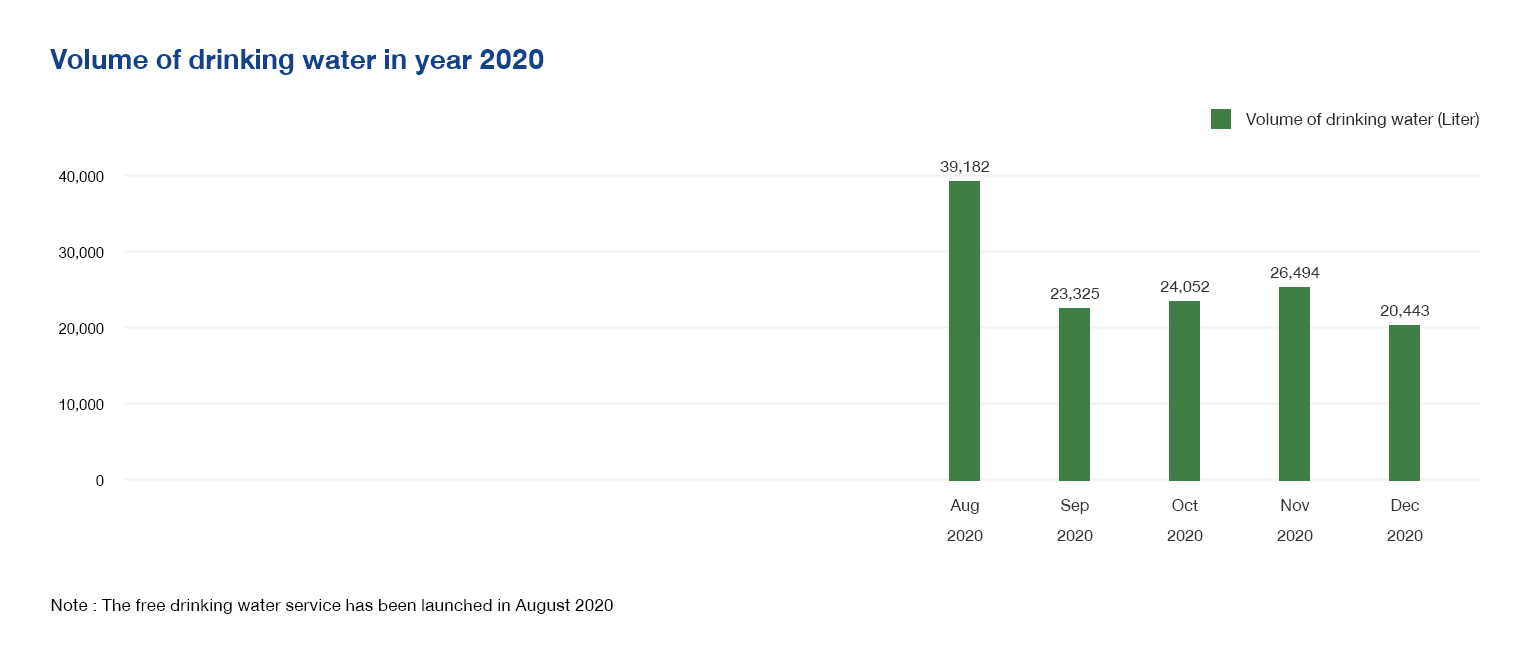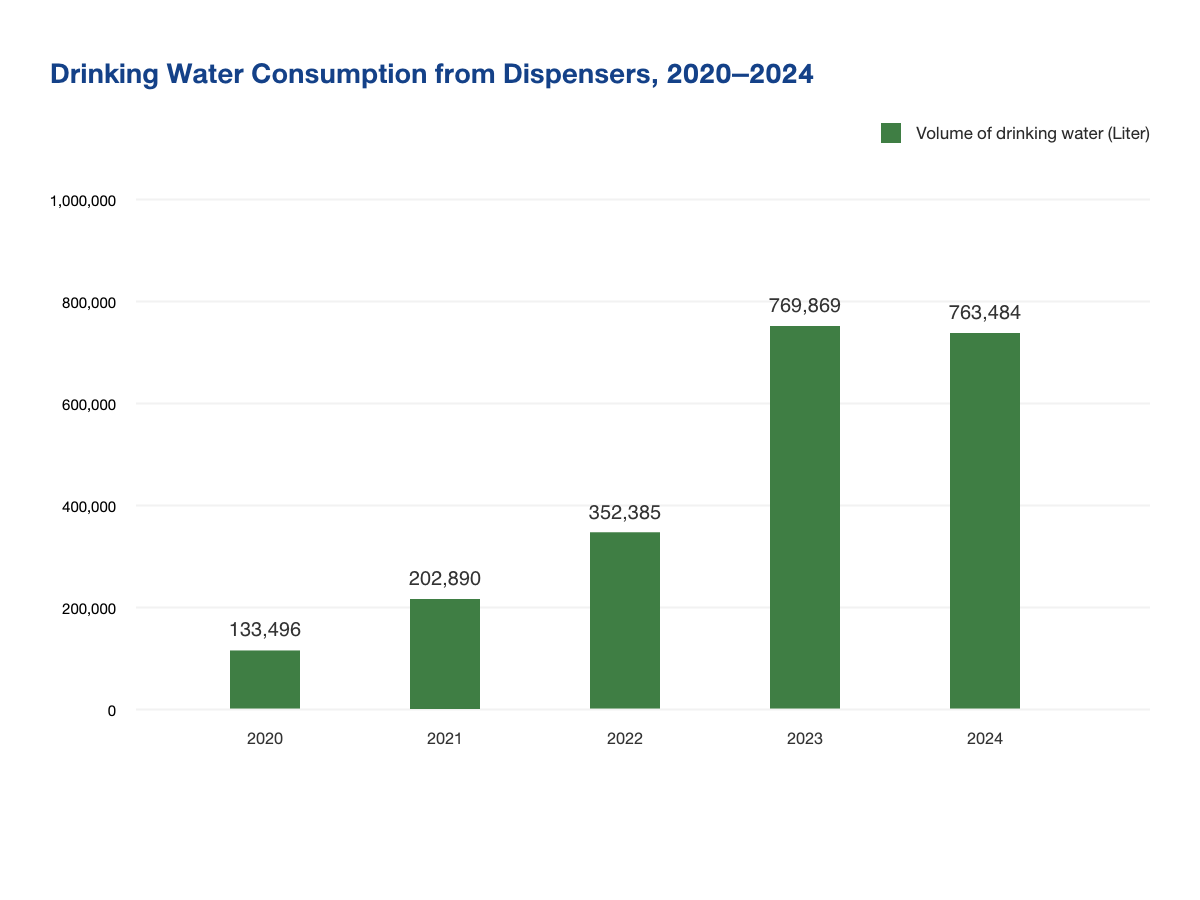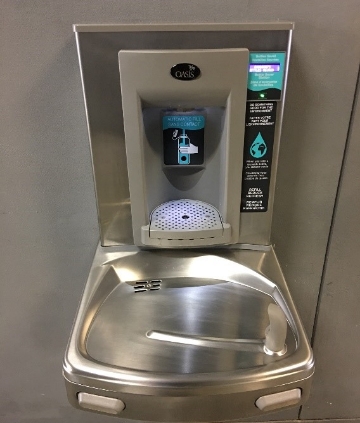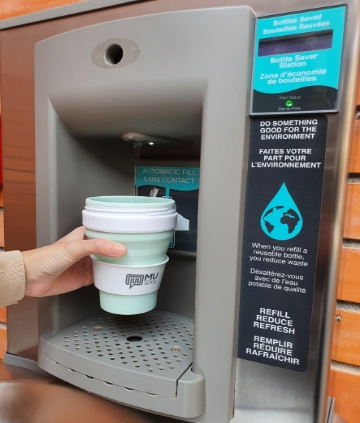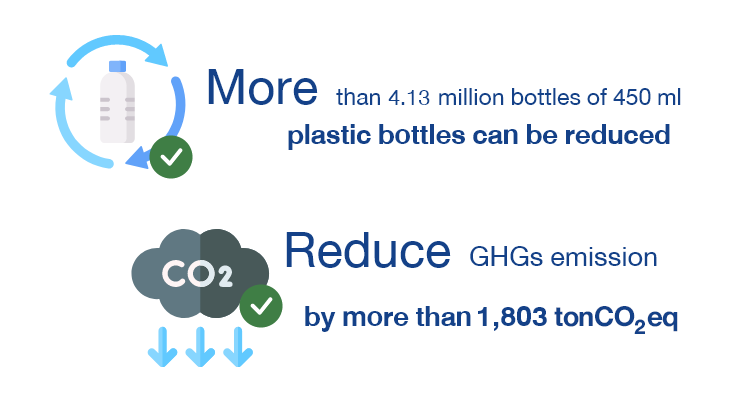Water
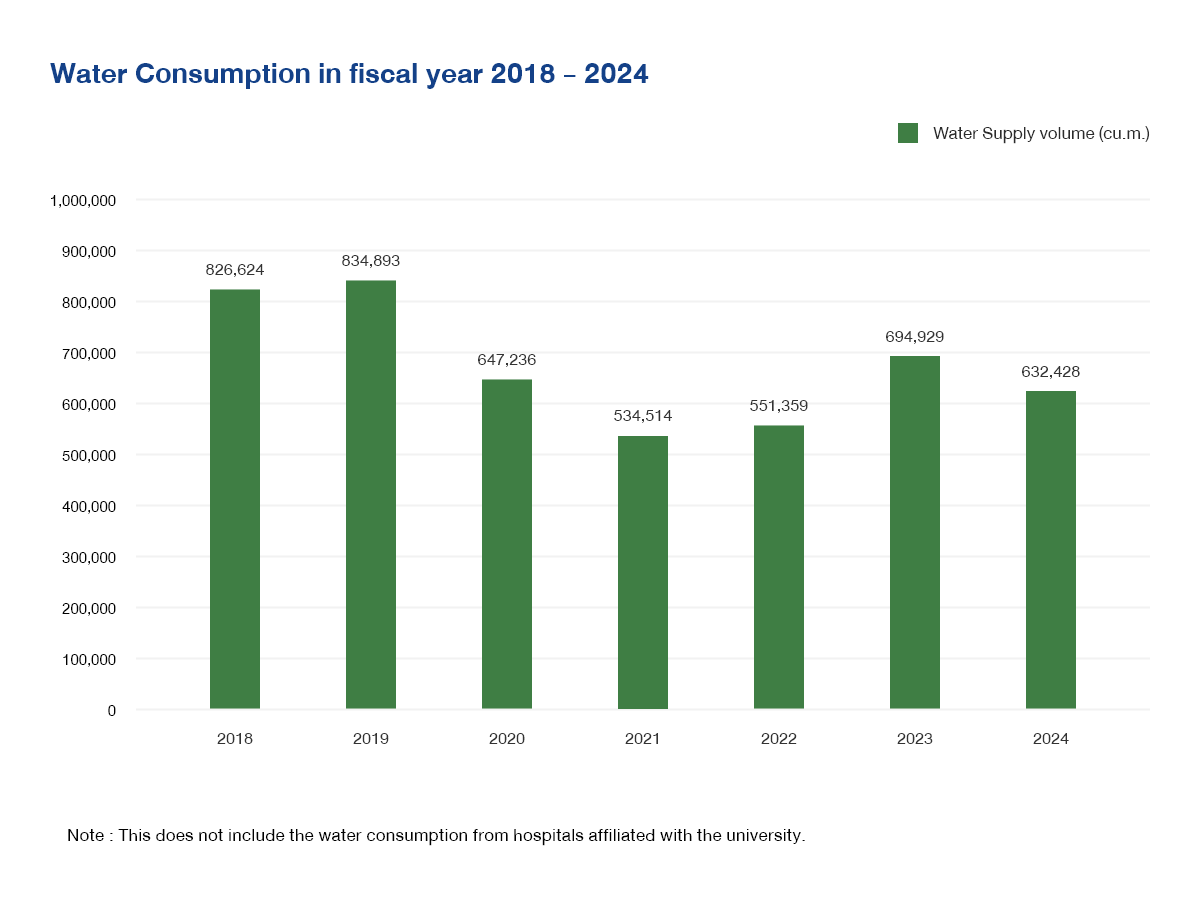
In addition, to maximize water management efficiency, the university has installed 90 digital water meters covering every operational unit on the Salaya campus. This system is the core of the System for Monitoring Water Consumption Volume per Operational Unit across the University, as it enables precise tracking and verification of water usage data via an online system. It can immediately issue an alert if abnormal water consumption is detected, which helps staff quickly address issues that may arise from leaks, thereby ensuring efficient water use.
For operational units located outside the Salaya area, the monitoring of water consumption is conducted by having those units report their water usage data monthly through the university's MU ECO DATA system, ensuring that the water management overview encompasses all areas of Mahidol University.
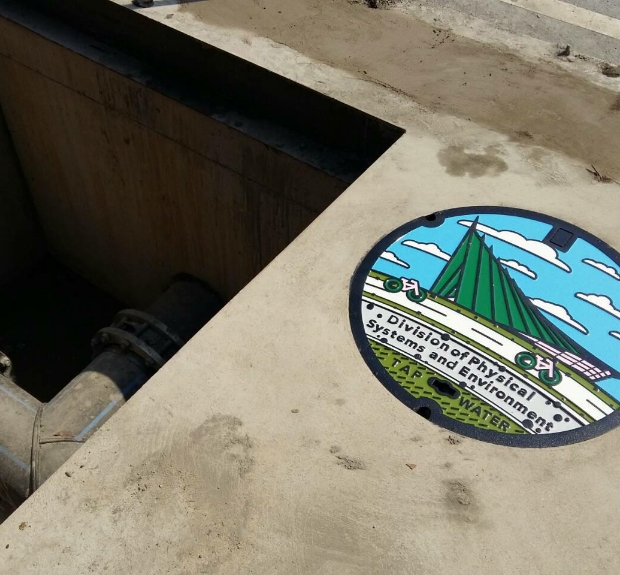
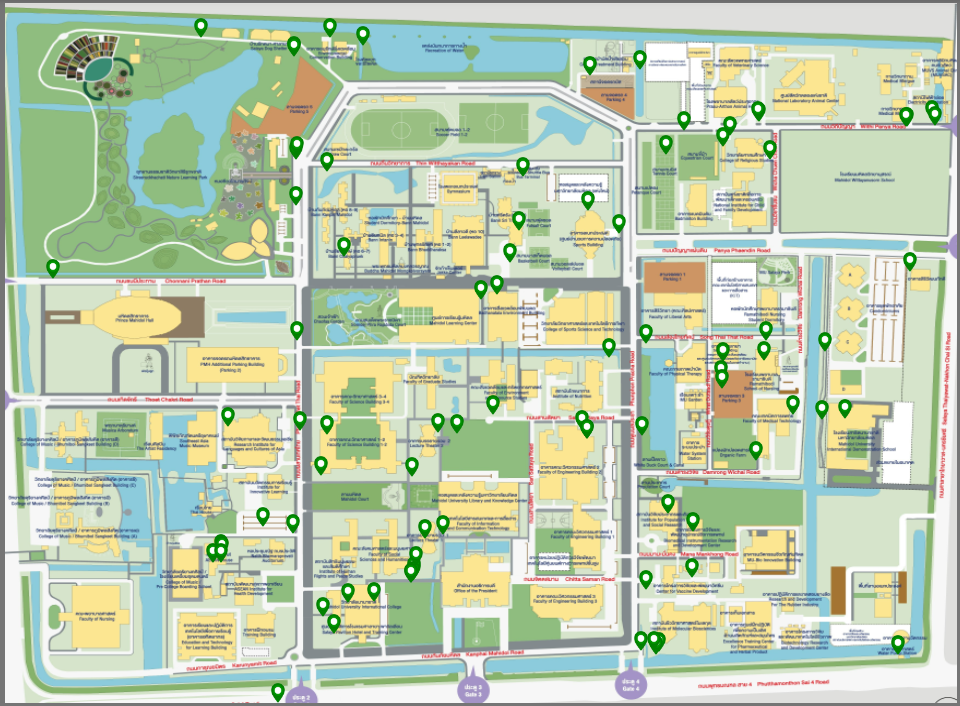
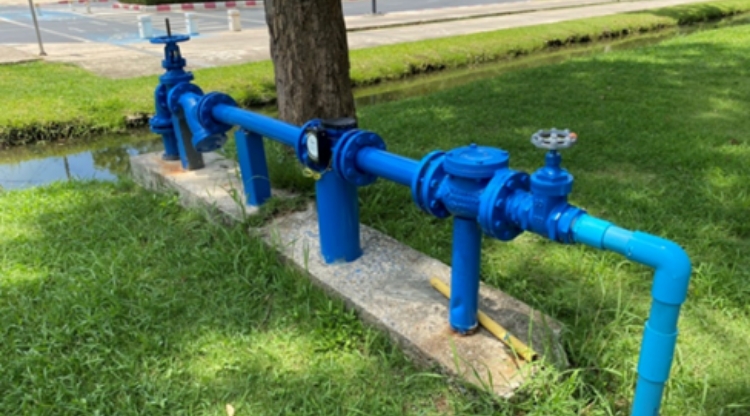
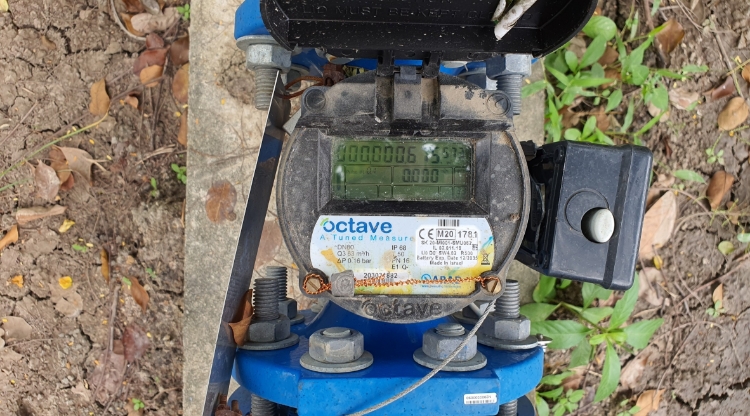
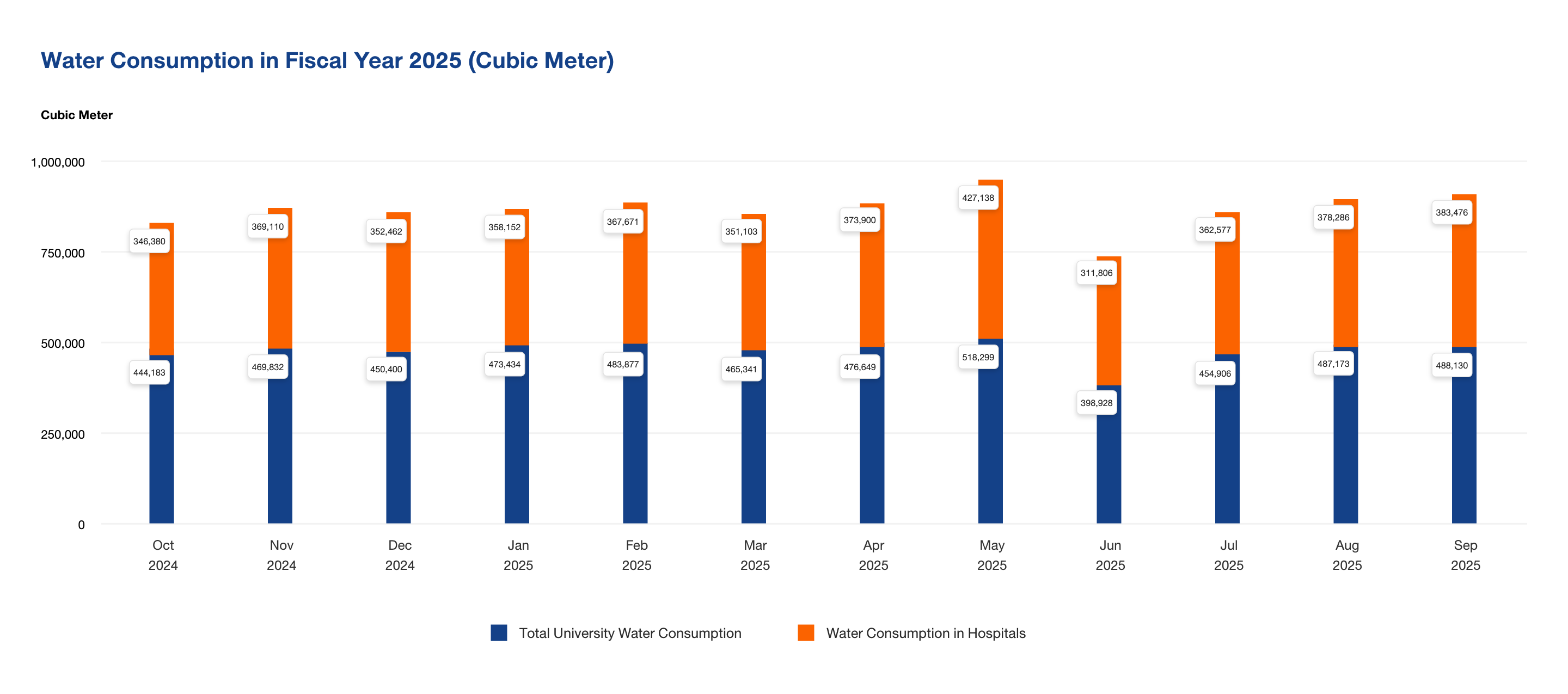
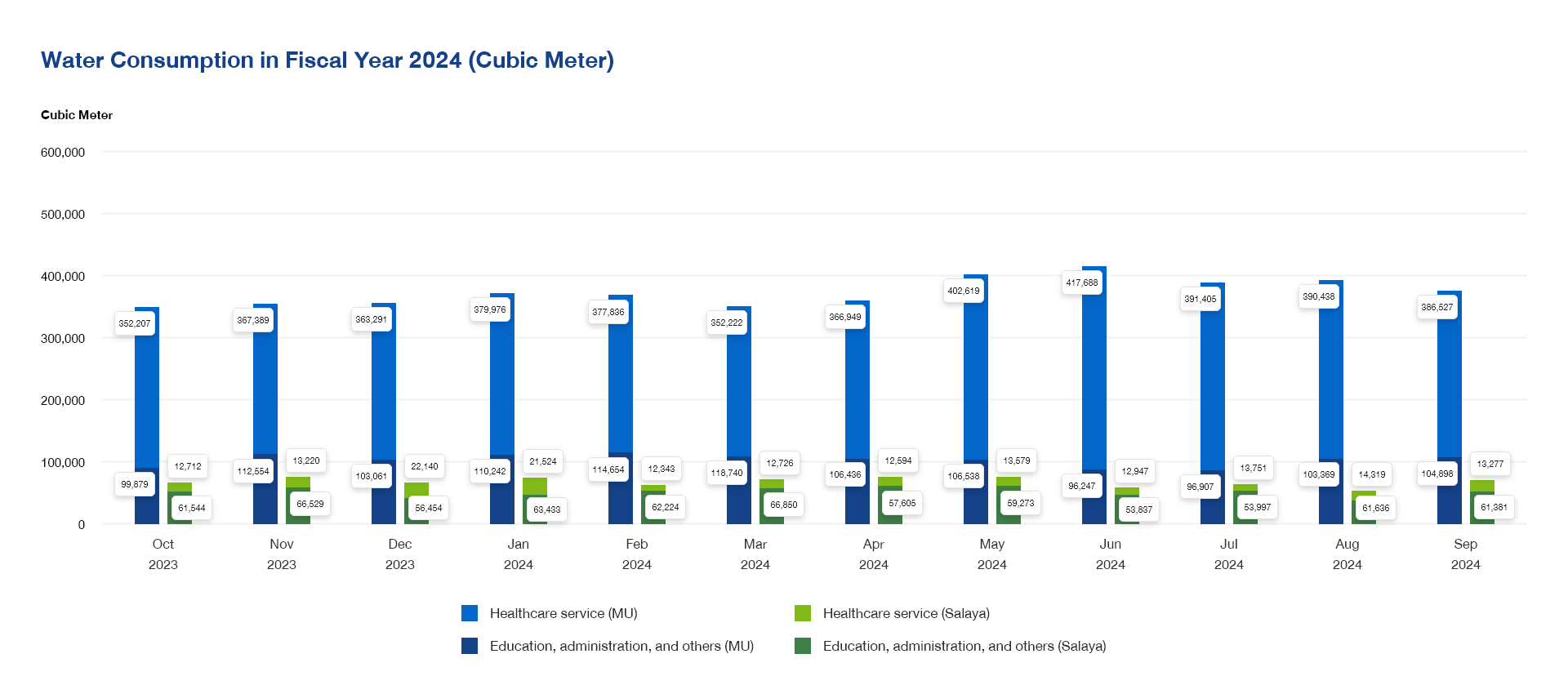
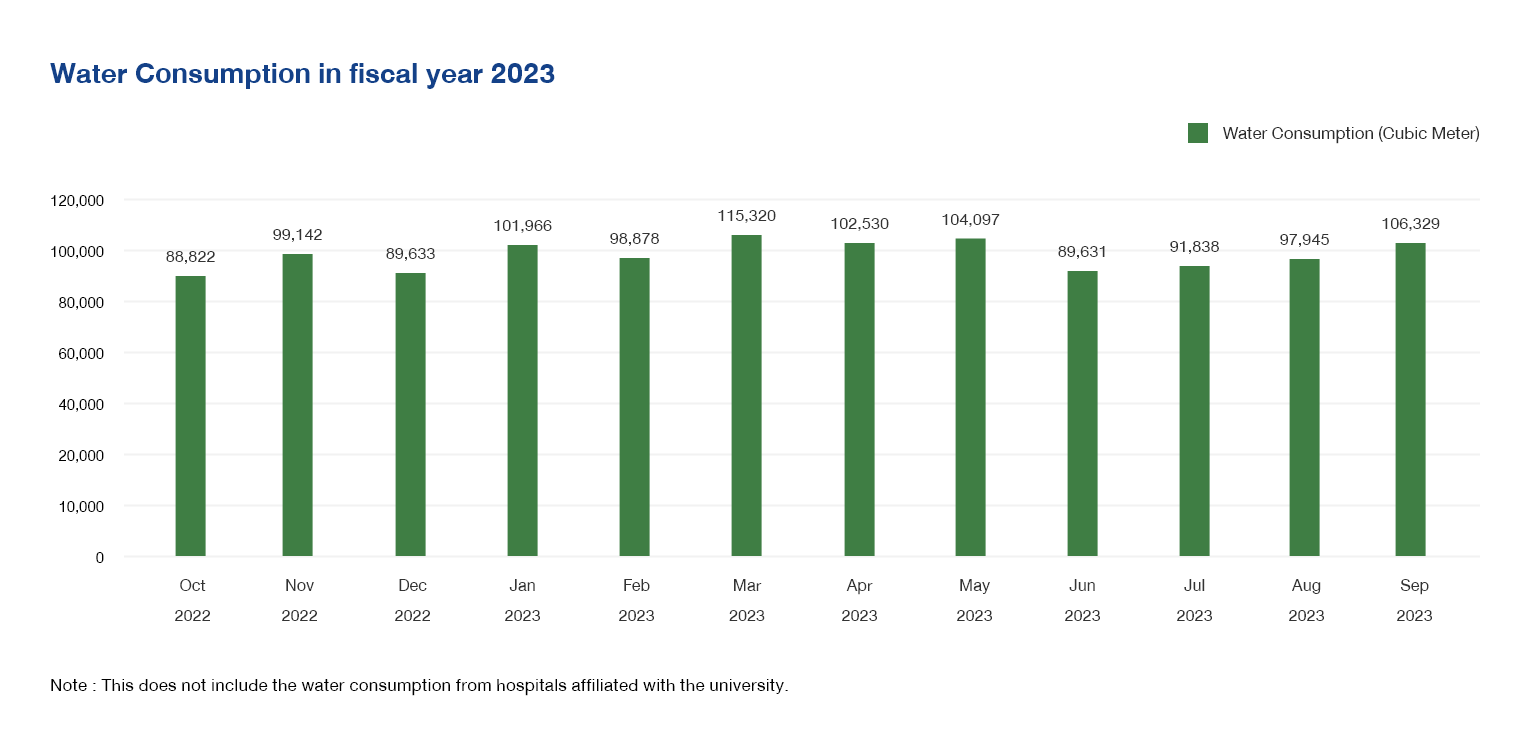
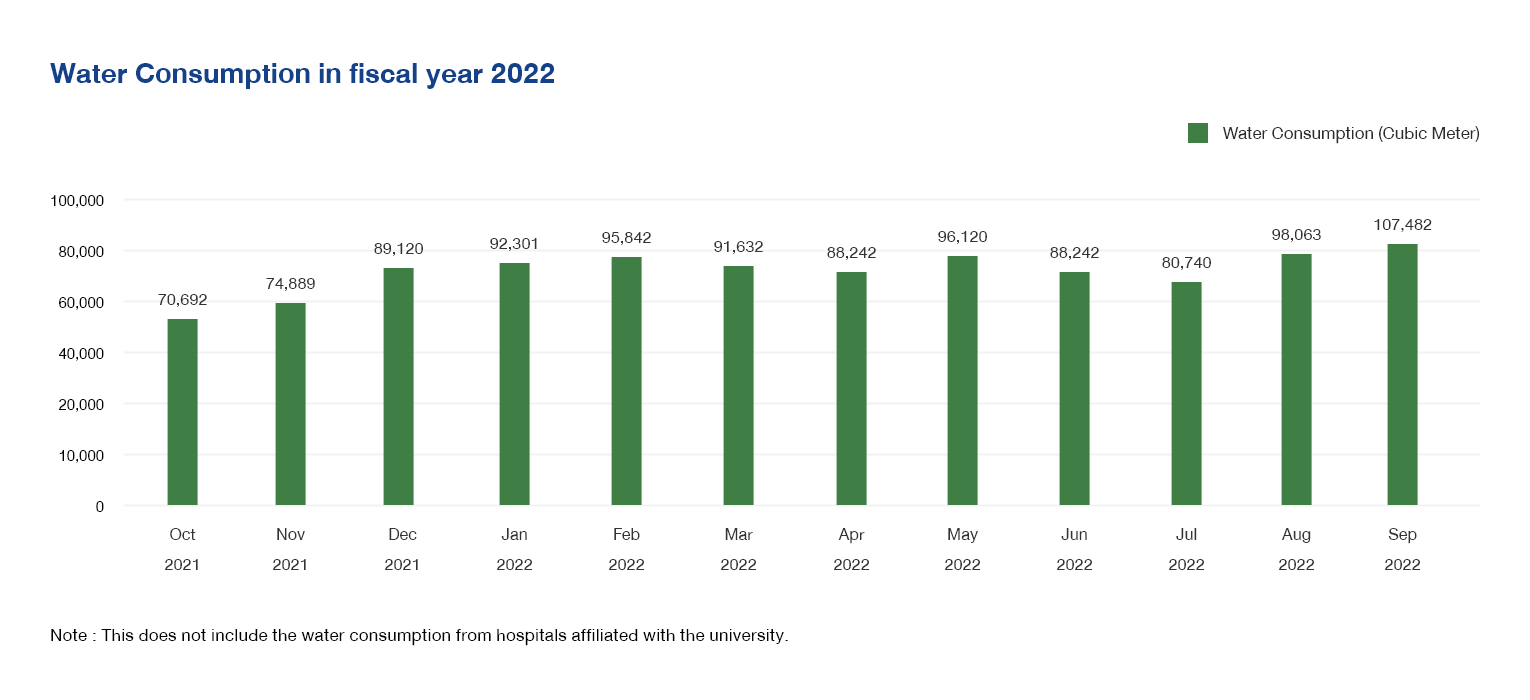
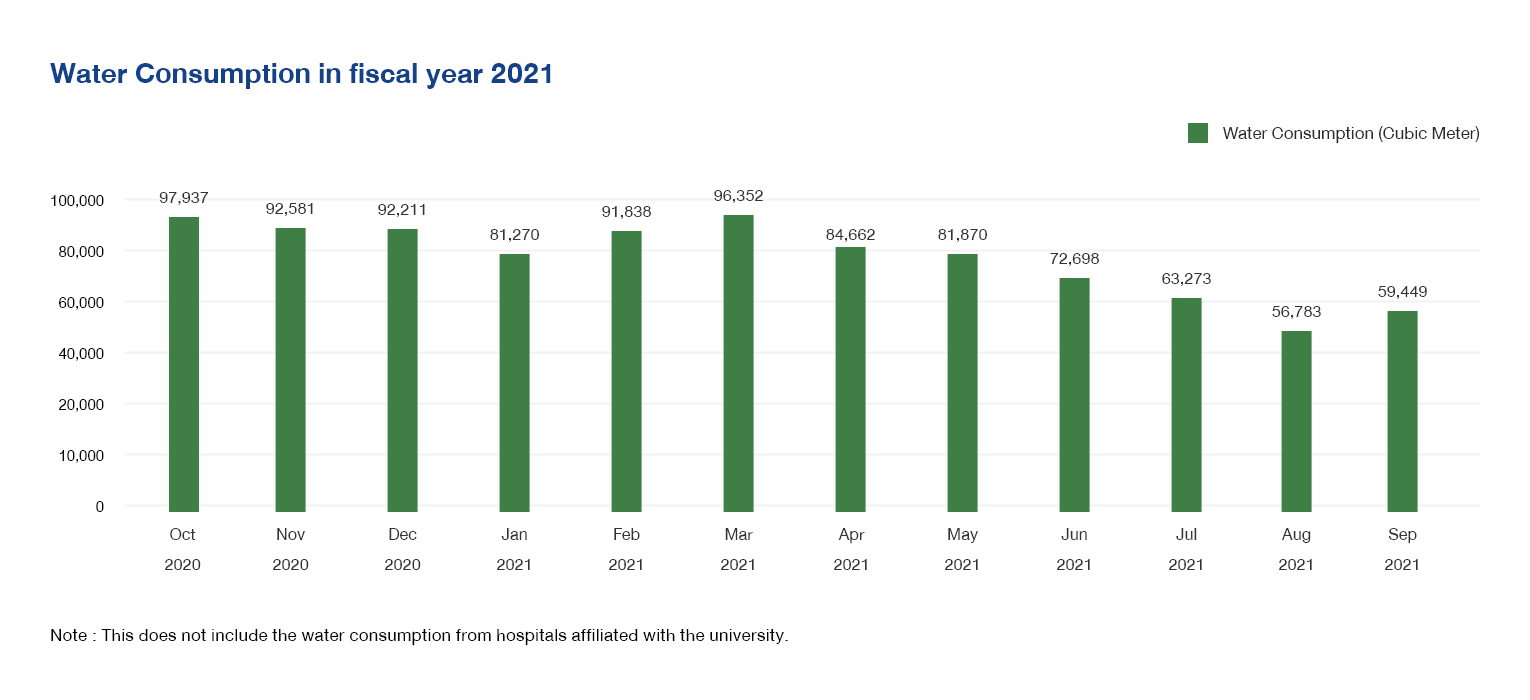
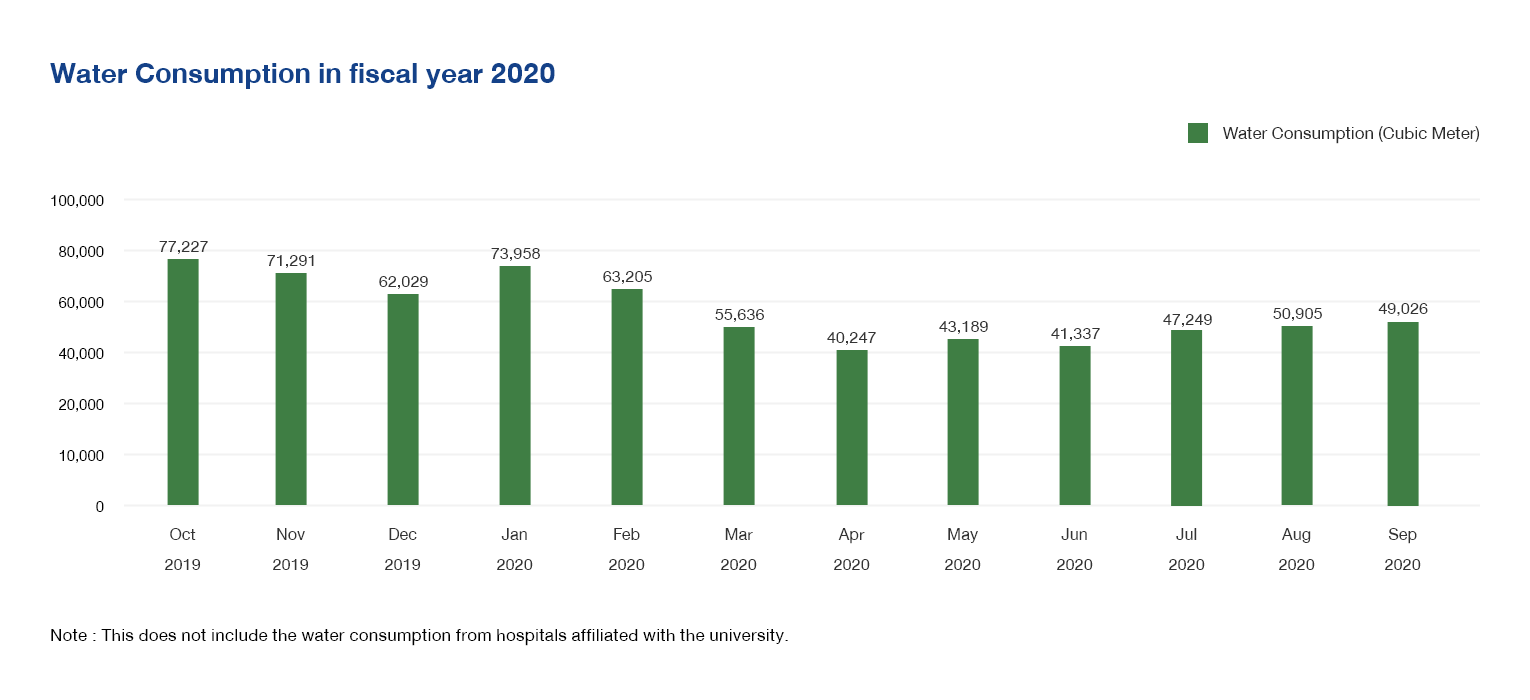
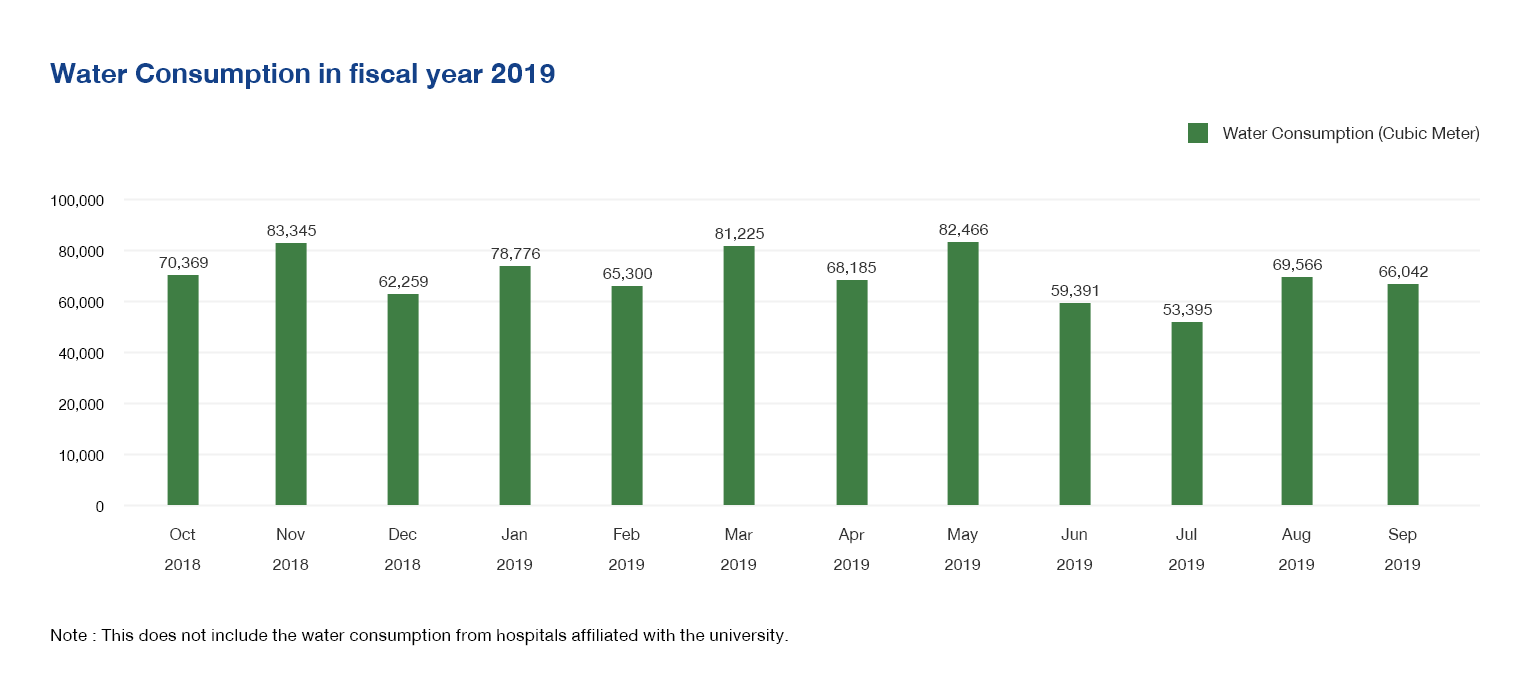
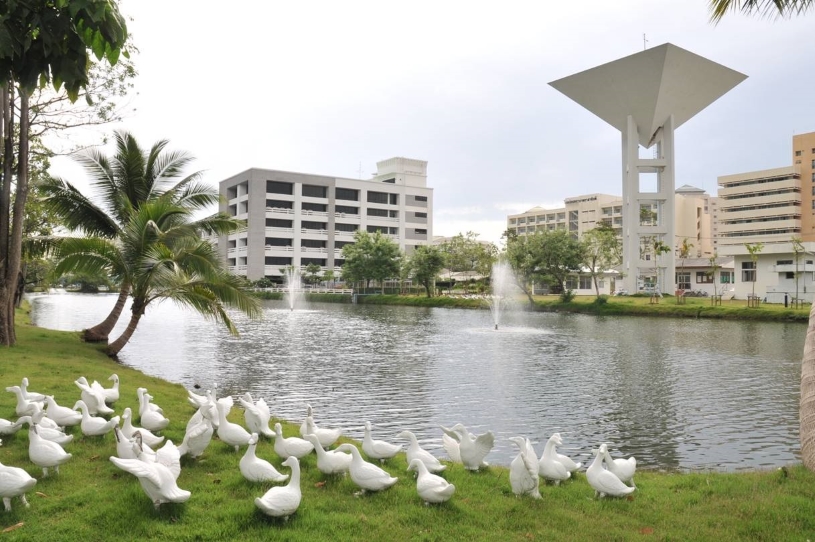
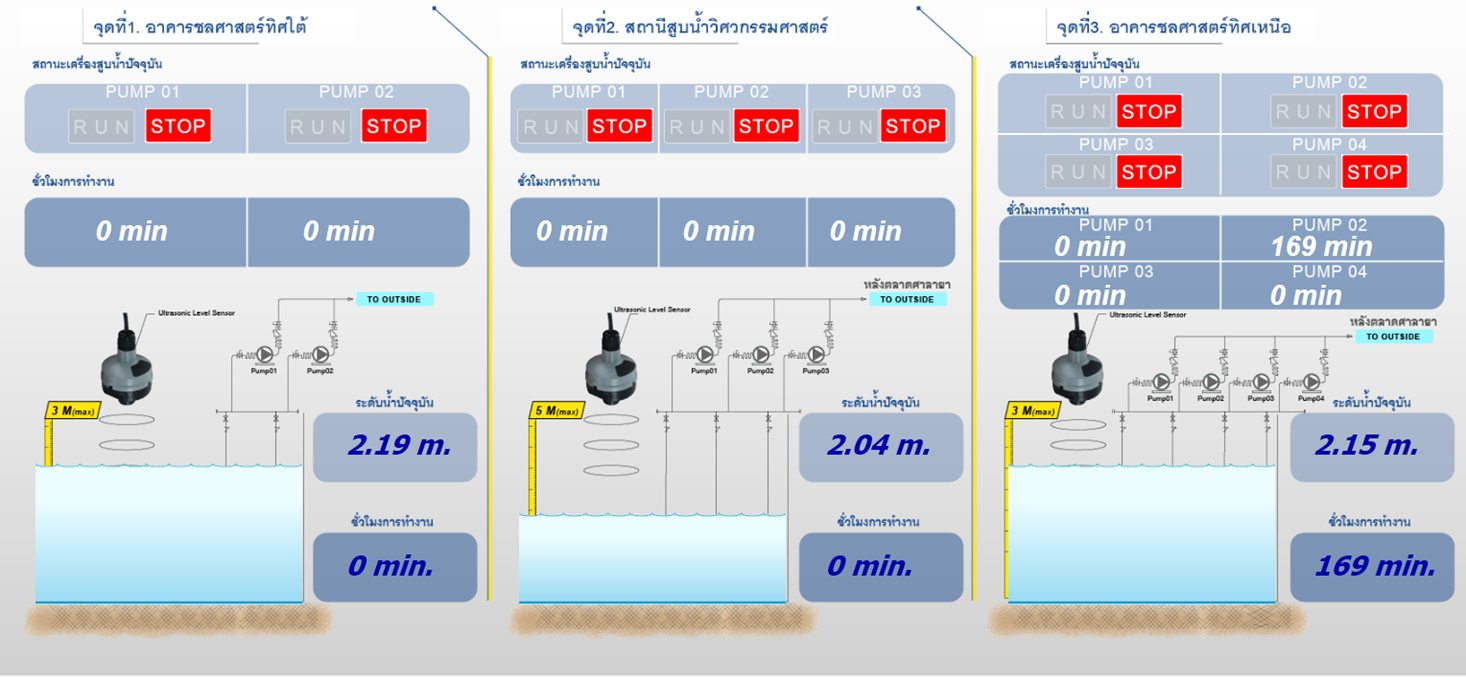
-
College of Sports Science and Technology
-
Institute of Nutrition
-
Mahidol Learning Center (MLC)
-
Institute of Molecular Biosciences
-
Faculty of Engineering
-
International College
-
Faculty of Social Science and Humanities
-
Faculty of Science
-
Faculty of Information and Communication Technology
-
Mahidol University Library and Knowledge Center
-
Faculty of Environment and Resource Studies
-
Student Dormitory, Student Affairs
Division -
Research Institute for Languages and Cultures of Asia
-
Faculty of Environment and Resource Studies
-
ASEAN Institute for Health Development
-
Institute for Innovative Learning
-
MU-Bio Innovation Building
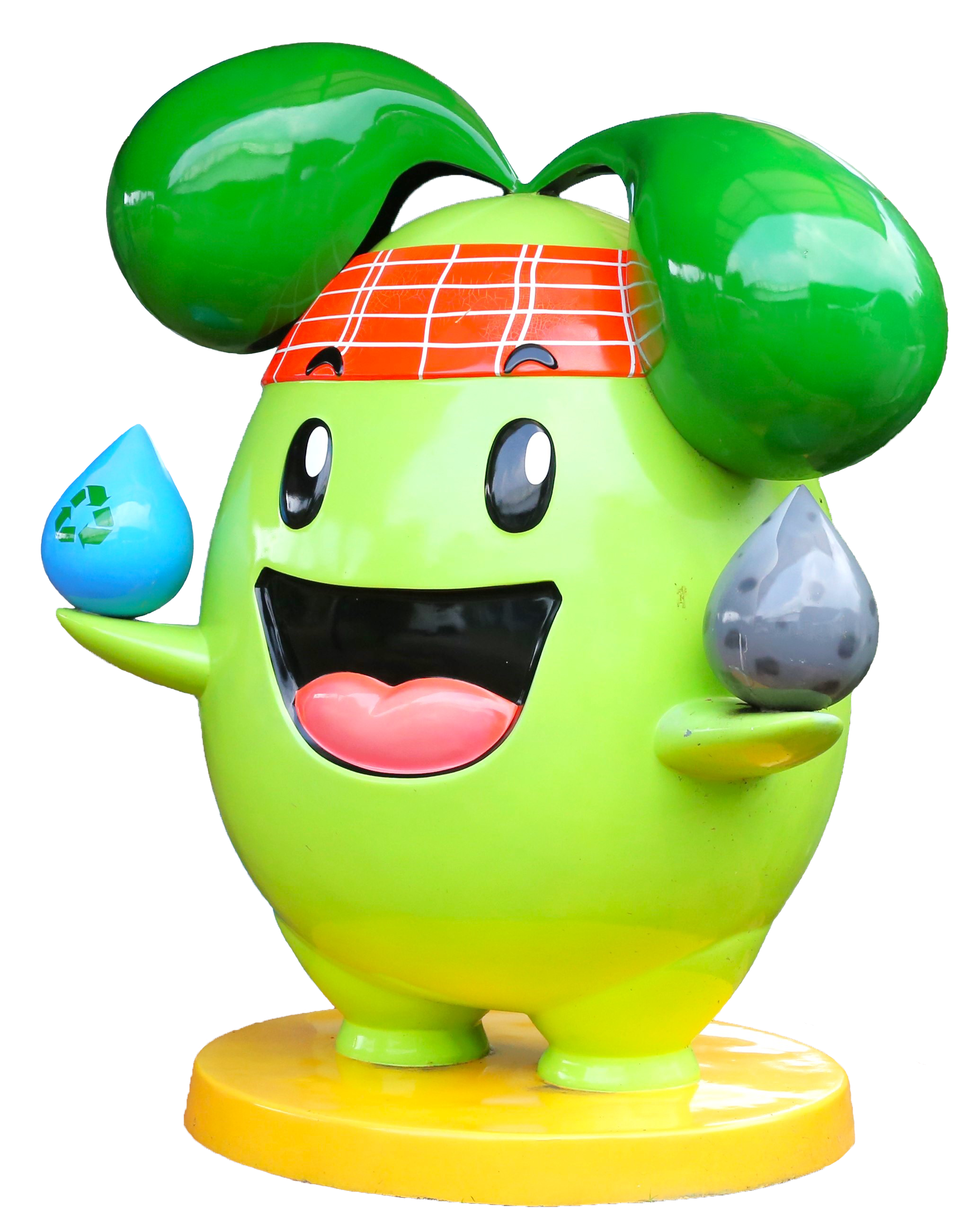
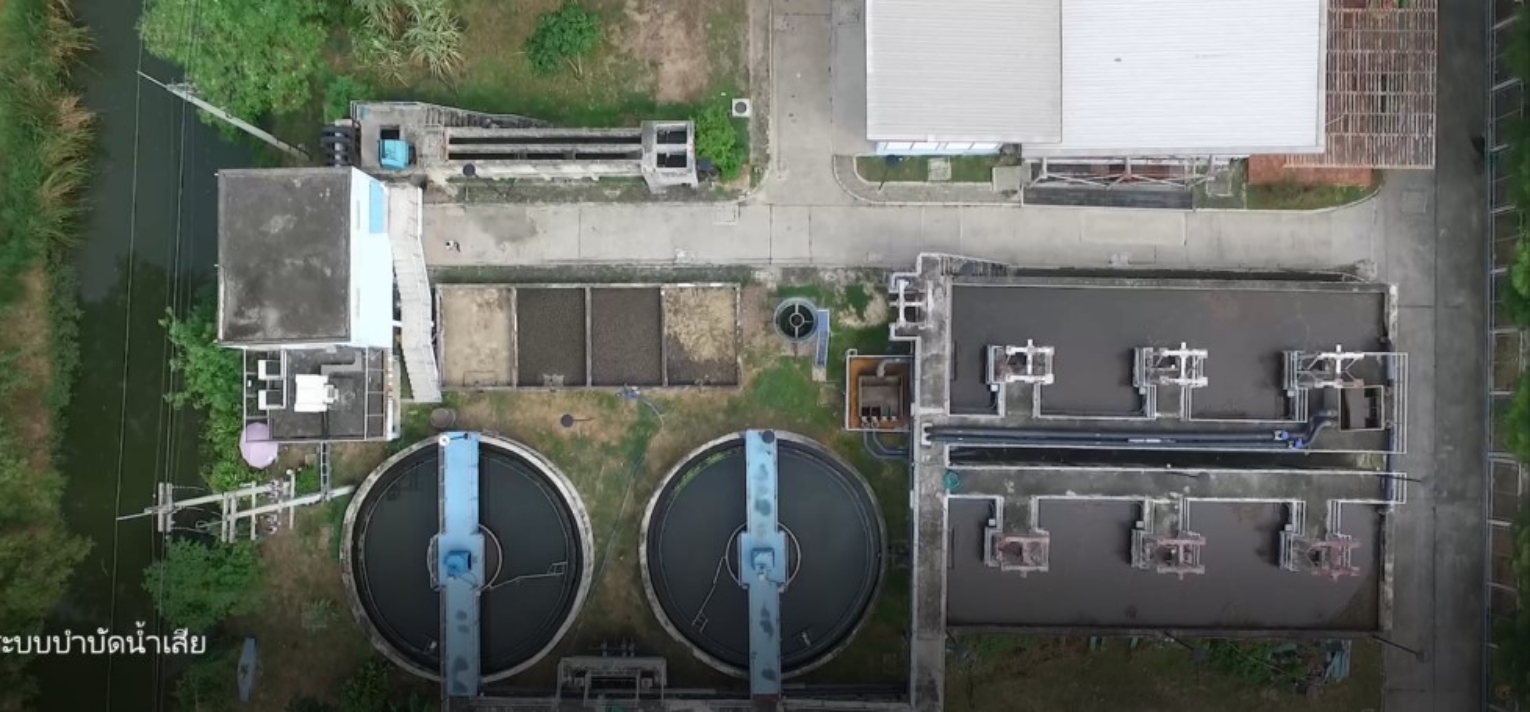
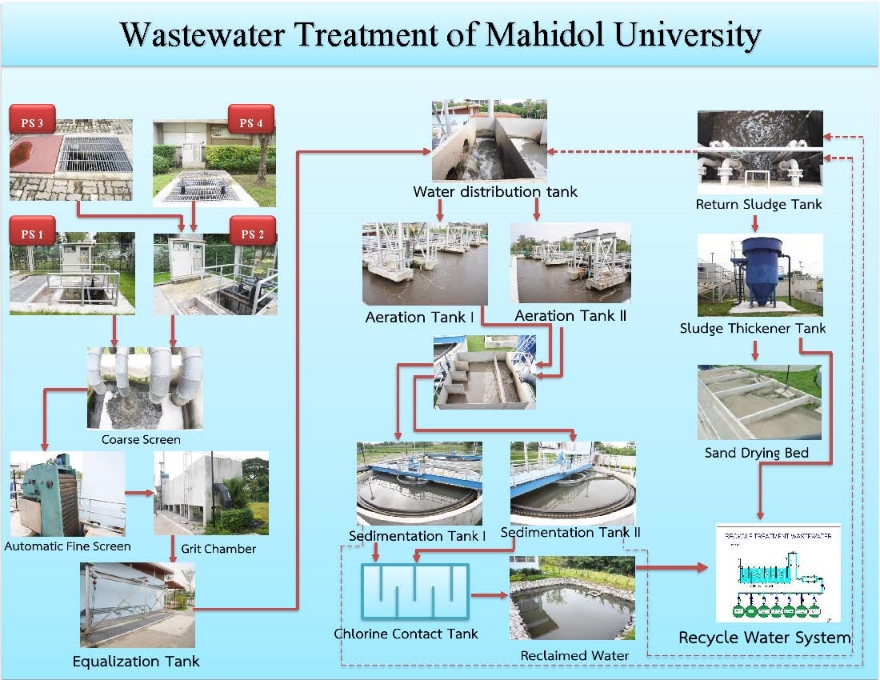
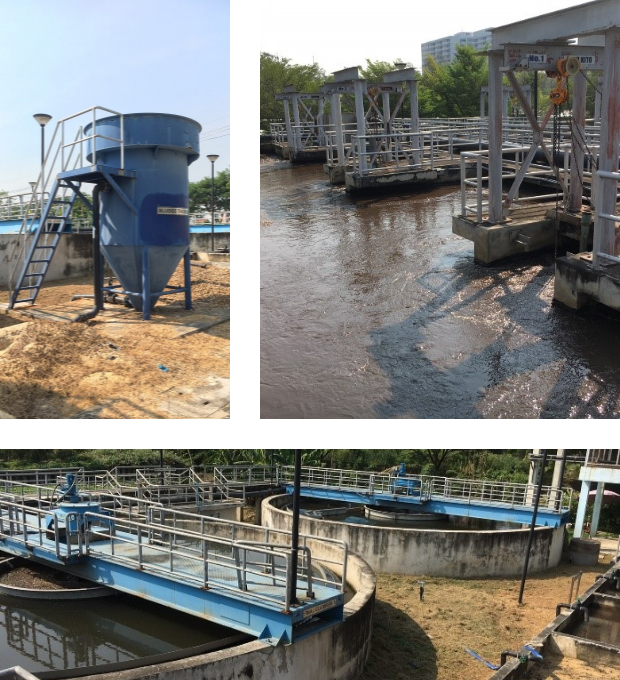
| Parameters | Standards | Measurement Results |
|---|---|---|
| pH | 5-9 | ✔ |
| BOD | < 20 mg/L | ✔ |
| Suspended Solid | < 30 mg/L | ✔ |
| Total Dissolve Solid | < 1,000 mg/L | ✔ |
| Sulfide | < 1.0 mg/L | ✔ |
| TKN | < 35 mg/L | ✔ |
| Fats, Oils & Greases (FOG) | < 20 mg/L | ✔ |
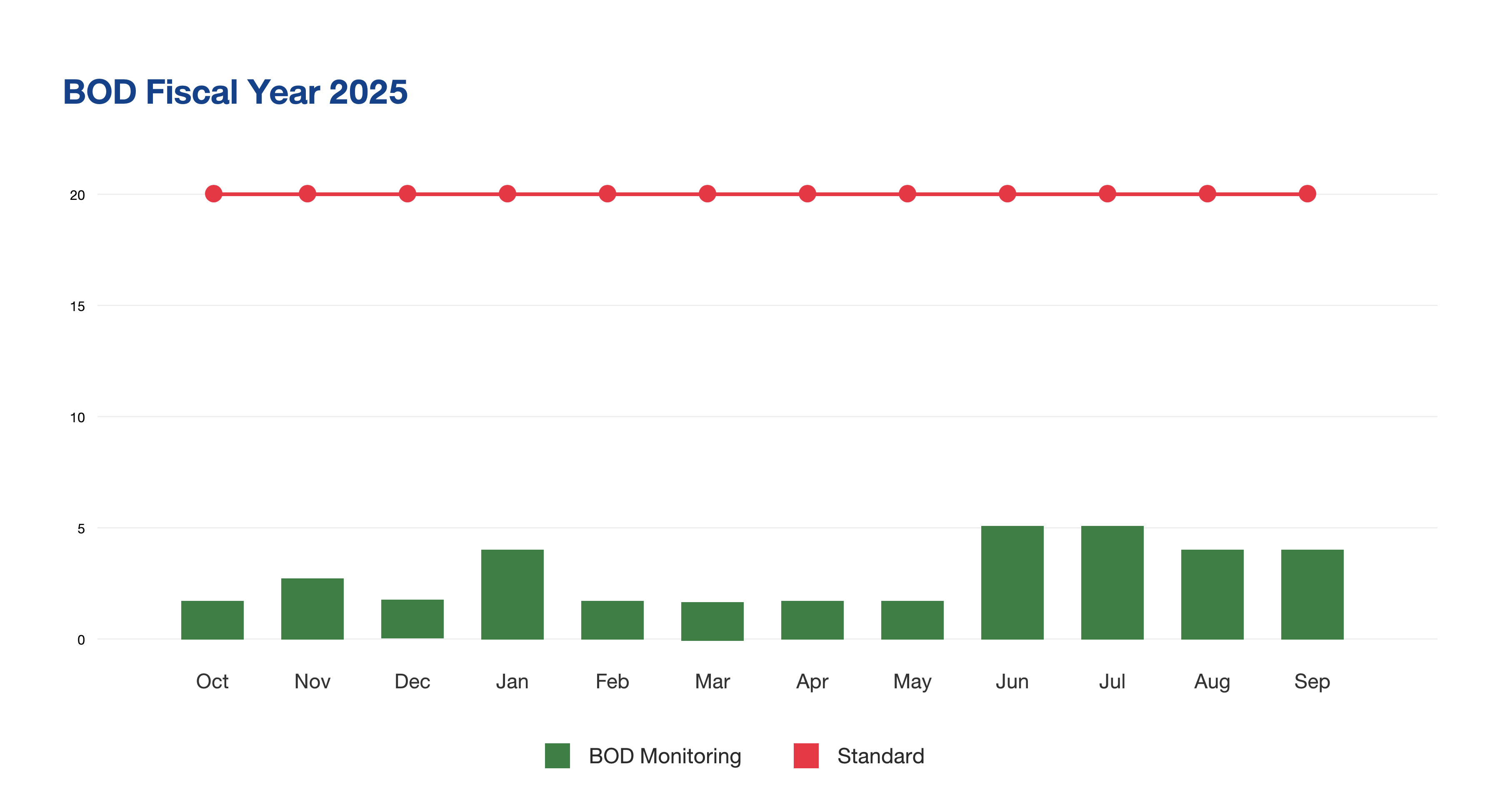
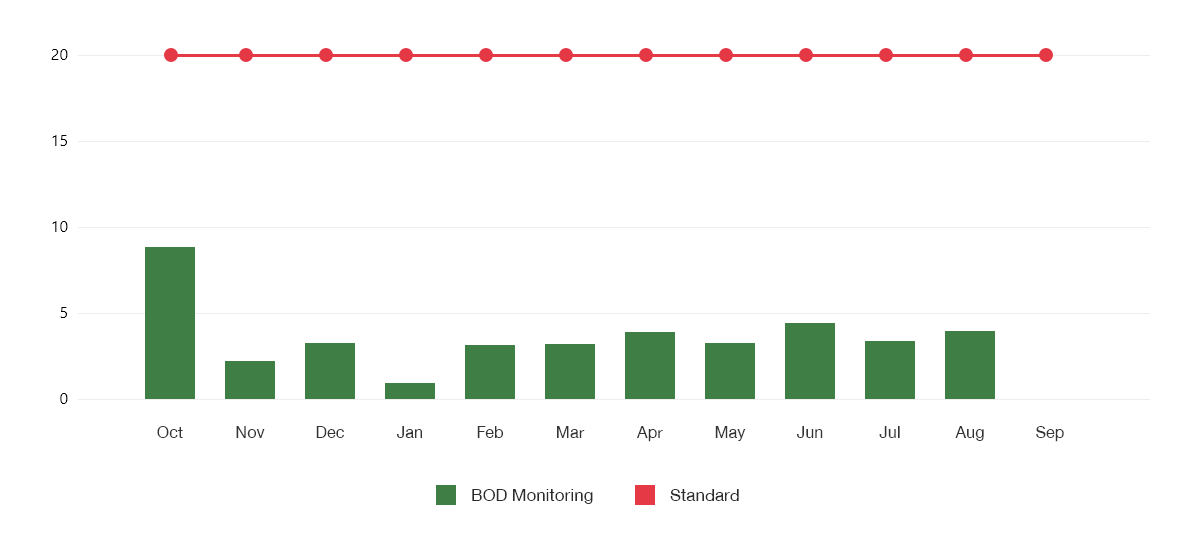
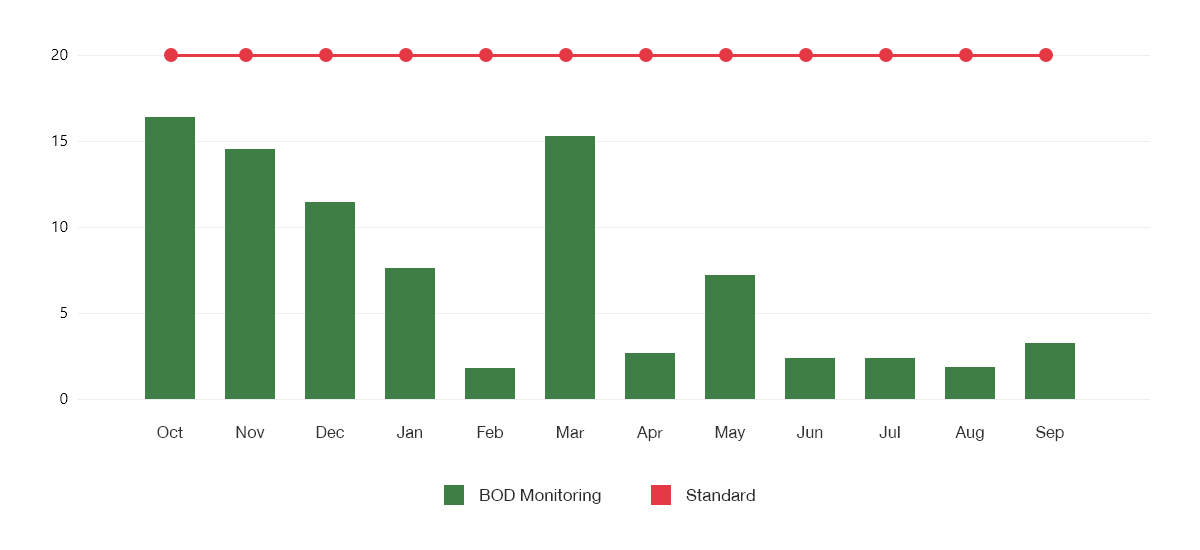
- Maximizing Water Reuse: The university promotes and requires operational units to study the feasibility of and utilize treated effluent that meets standards for maximum benefit. This is intended to substitute tap water for external uses such as watering plants, cleaning external areas, and refilling canals and ponds.
- Using Alternative Water Sources for Green Space Maintenance: Operational units are required to use water from the university's internal canals and ponds and/or treated water that meets standards as the primary water source for maintaining green spaces.
- Preventing Water Pollution: A policy is established to reduce or avoid the use of chemicals, fertilizers, and pesticides to prevent harmful substances from flowing into the university's internal canals and ponds, ensuring strict control and prevention of water pollution.
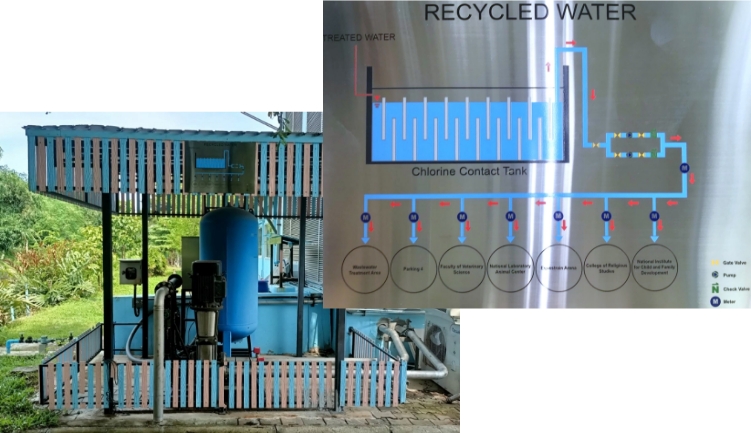
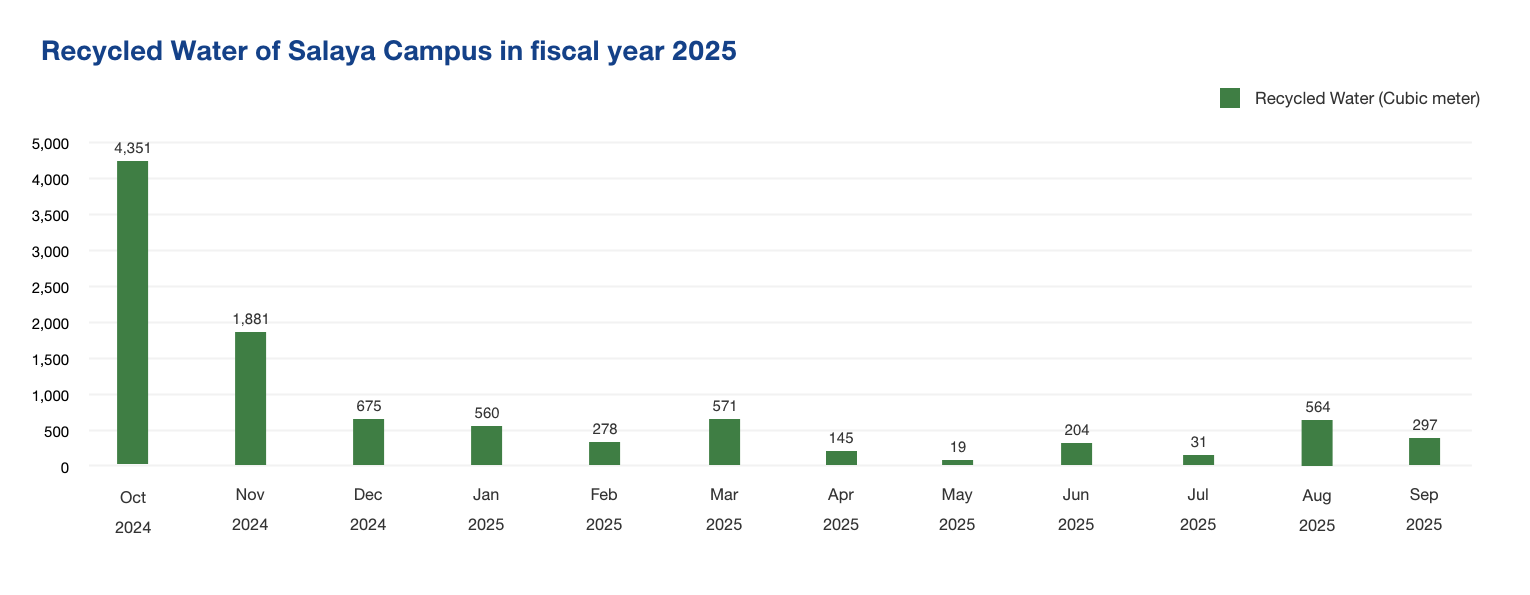
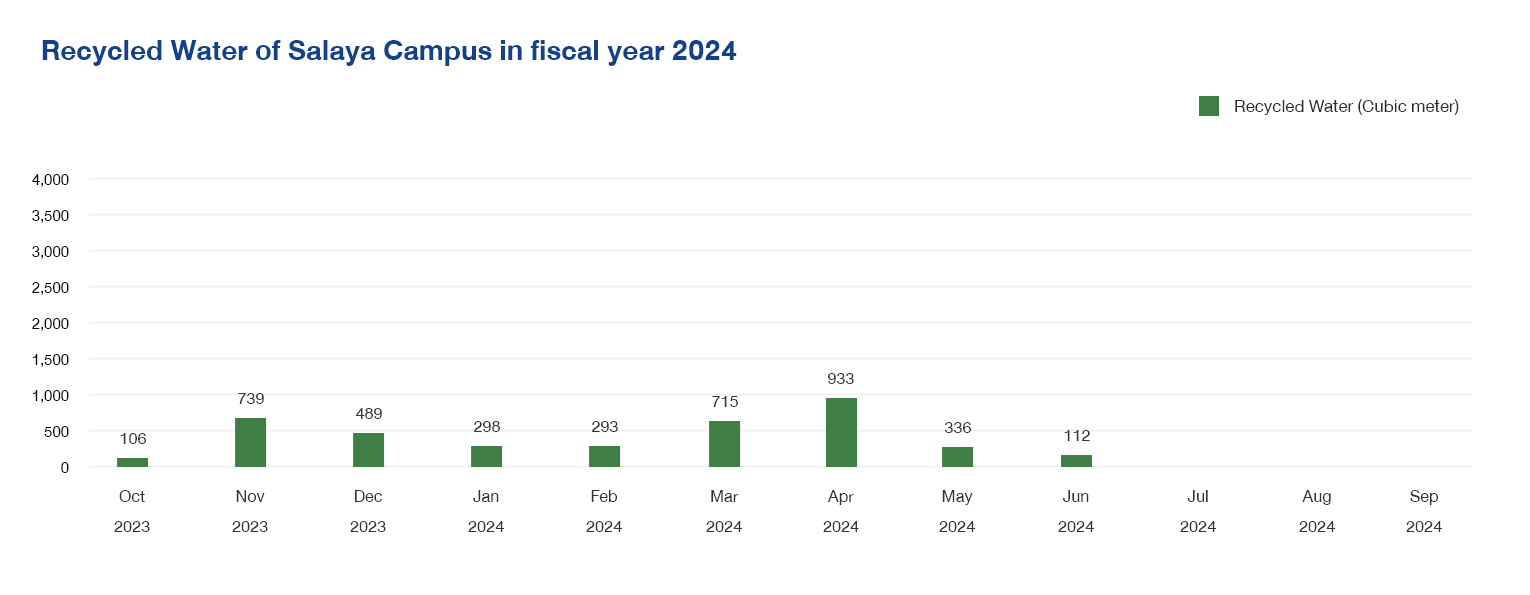
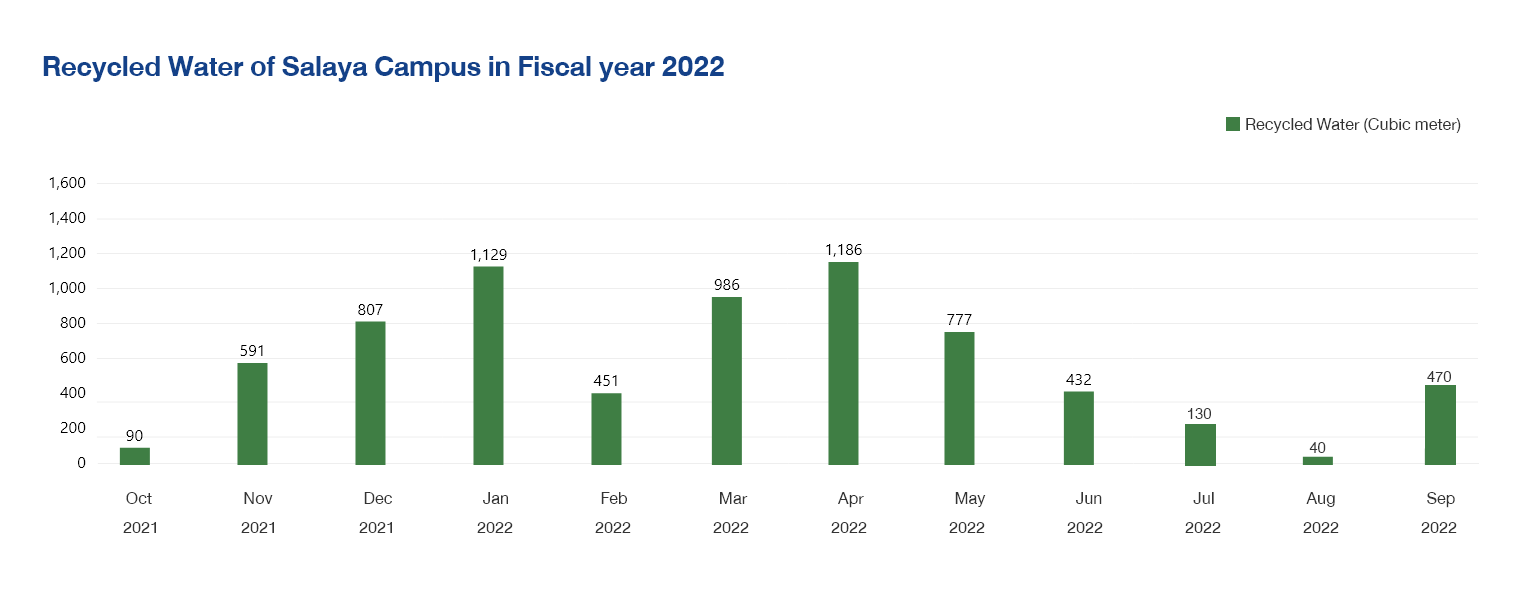
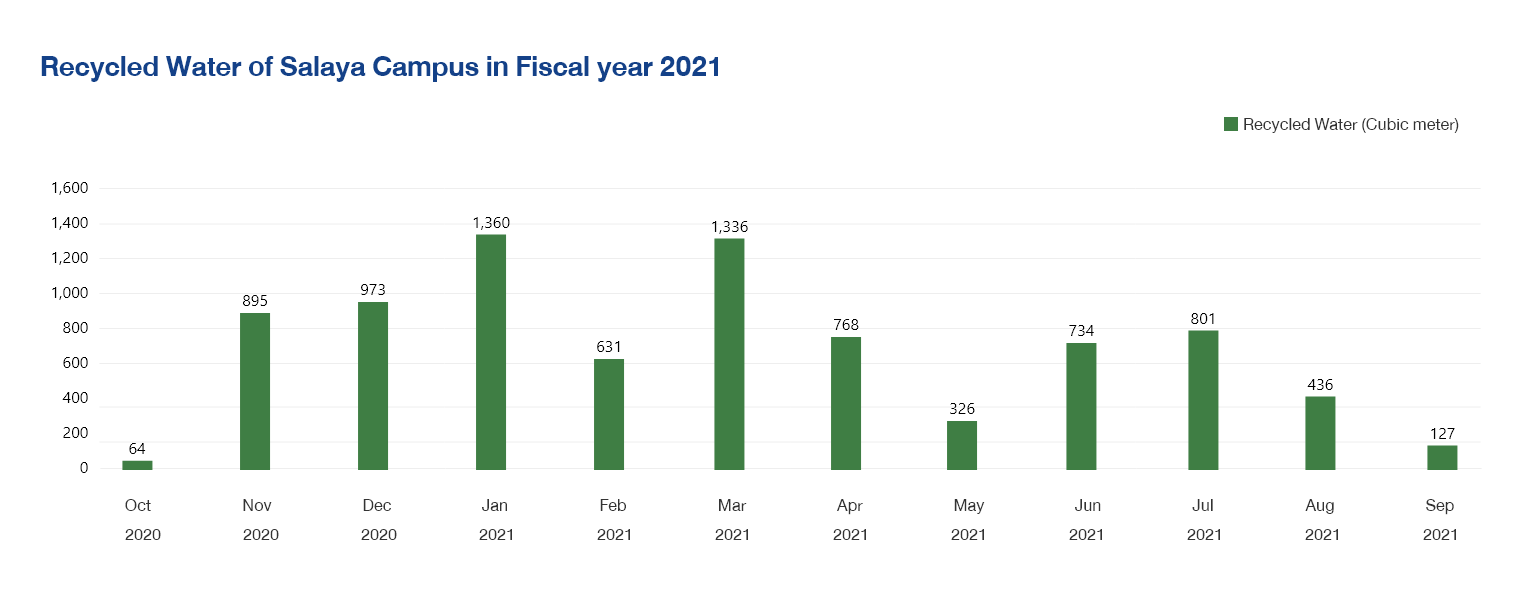
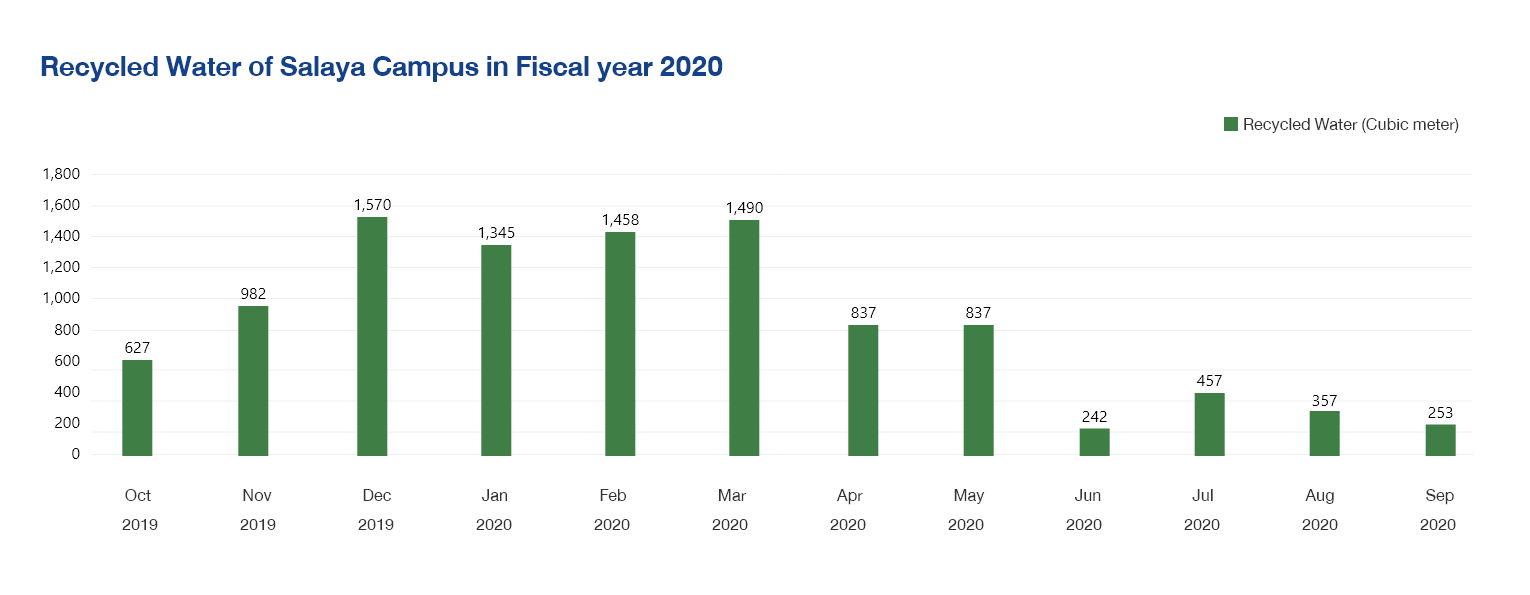
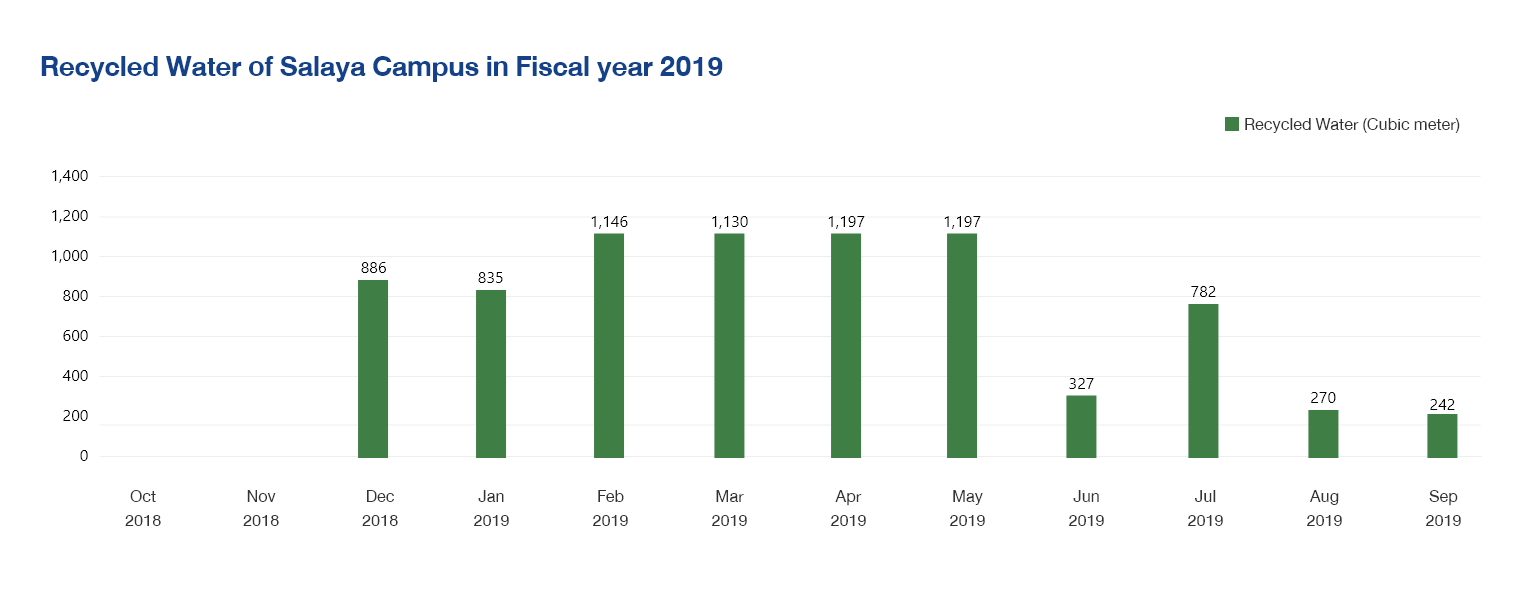
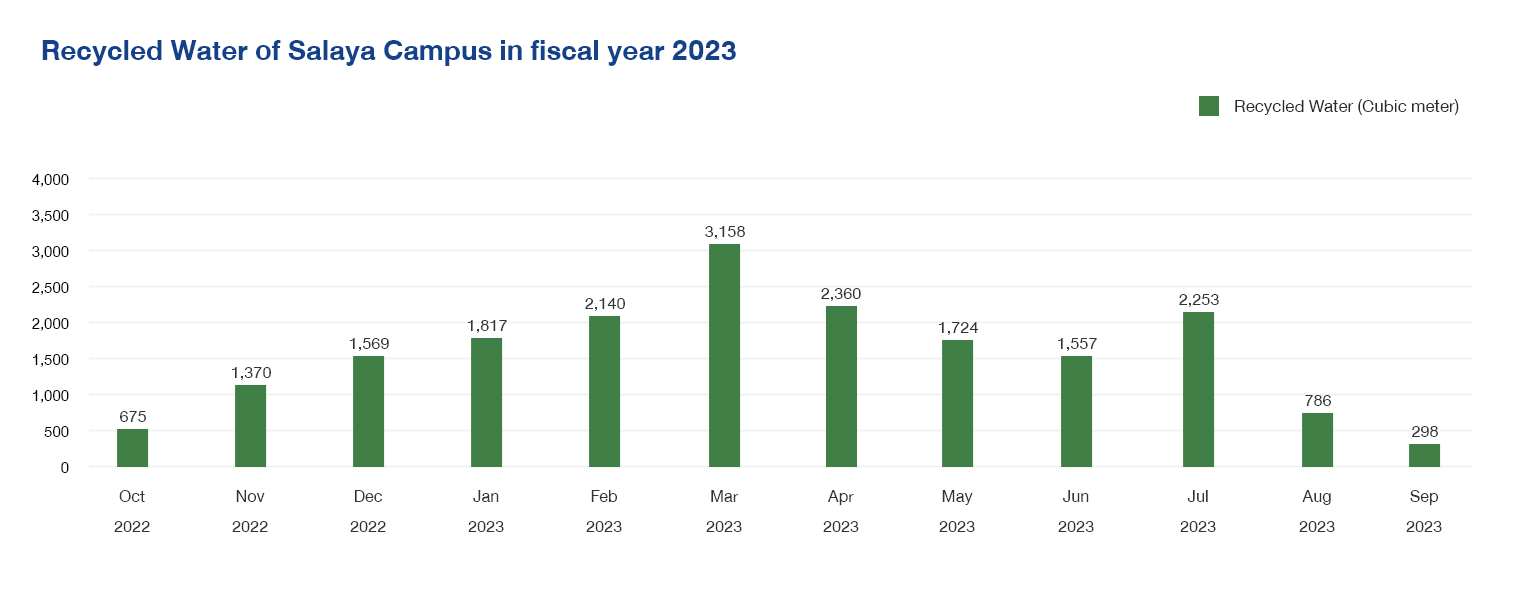
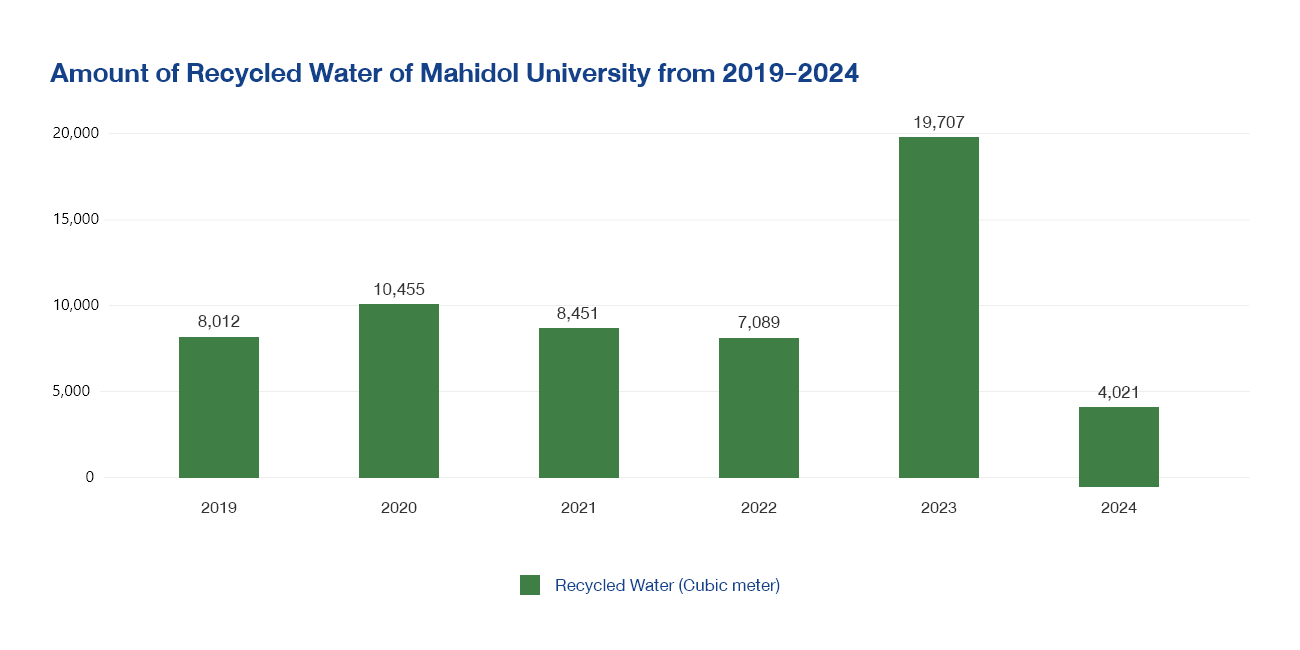
Promoting Efficient Water Resource Use and Management
As an Eco-University committed to Sustainable Development, Mahidol University recognizes the importance of comprehensive and responsible water resource management. To align with SDG 6: Clean Water and Sanitation, the university has established proactive policies and measures designed to motivate staff and students to build awareness and participate in reducing tap water consumption, controlling wastewater standards, and promoting the maximum beneficial use of reclaimed water. This approach serves to minimize environmental impact and build water security for the Mahidol community in a sustainable manner.
Control the quality standards of wastewater from buildings of departments within the university.
Determine the value of pH, BOD, suspended solids, sulfide, total dissolved solids, settleable solids, fat oil and grease and TKN according to Mahidol University's announcement on water management, B.E. 2563
Analysis of wastewater quality every month, both before and after treatment, to ensure that it meets standards.
Avoid the use of chemicals, fertilizers, and pesticides to prevent its leak into canals around the university.
Faculties/departments/offices are prohibited from release wastewater into the surface water around the university.
In the case that wastewater is discharged, water polluters will be fined and wastewater treatment fees will be collected in accordance with service rates.
Campaign and encourage students and staff to change your behavior to use water economically and efficiently.
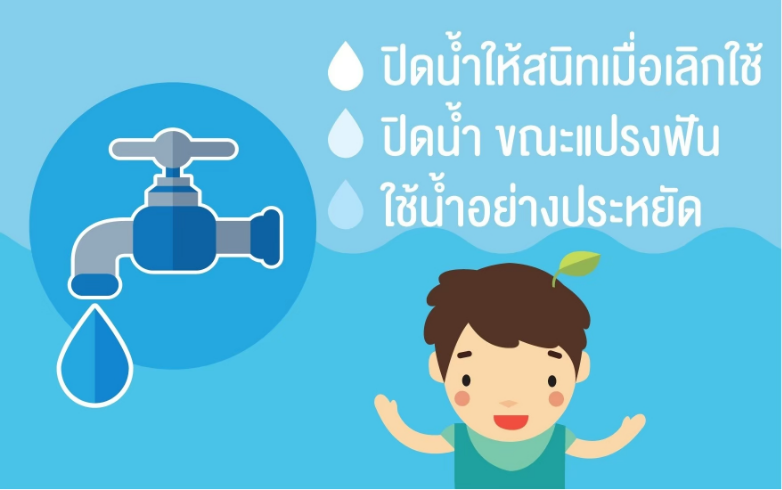
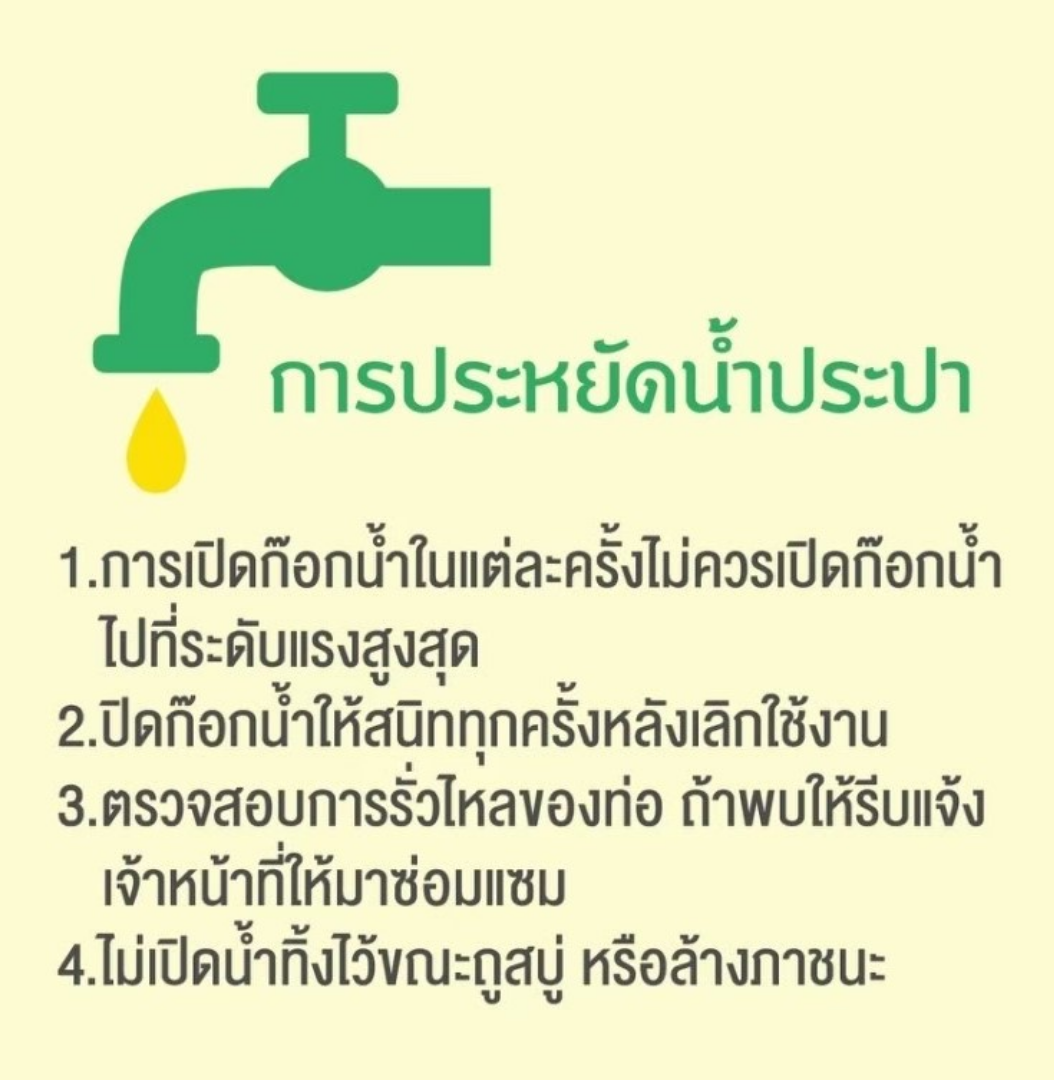
Use water-efficient appliances
Encourage faculties, departments, and offices to use water-efficient appliances. Also, consider acquiring water-saving materials and equipment, as well as products with an environmental and water-saving policy
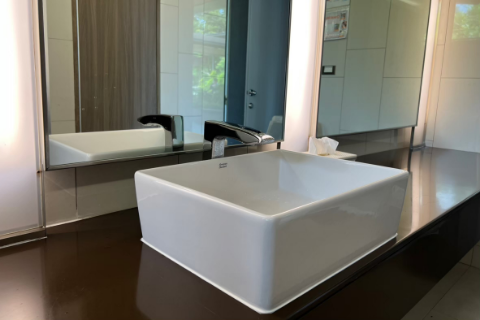
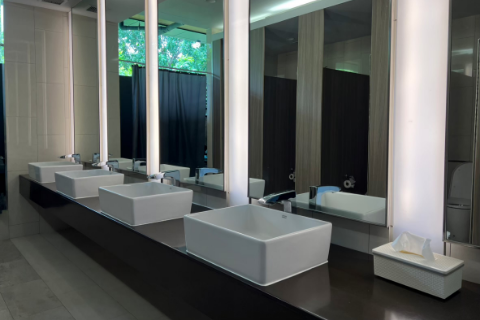
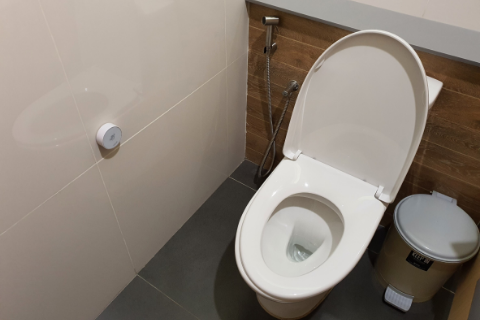

Currently, bathroom equipment has been changed, including faucets, sink faucets, sanitary ware, and urinals, to water-saving or highly efficient water-use equipment. which has been completed 71.8 percent from a total of 12,607 devices (9,052 from a total of 12,607 devices)

Encourage the reuse of treated water such as car washing, plant watering and so on.
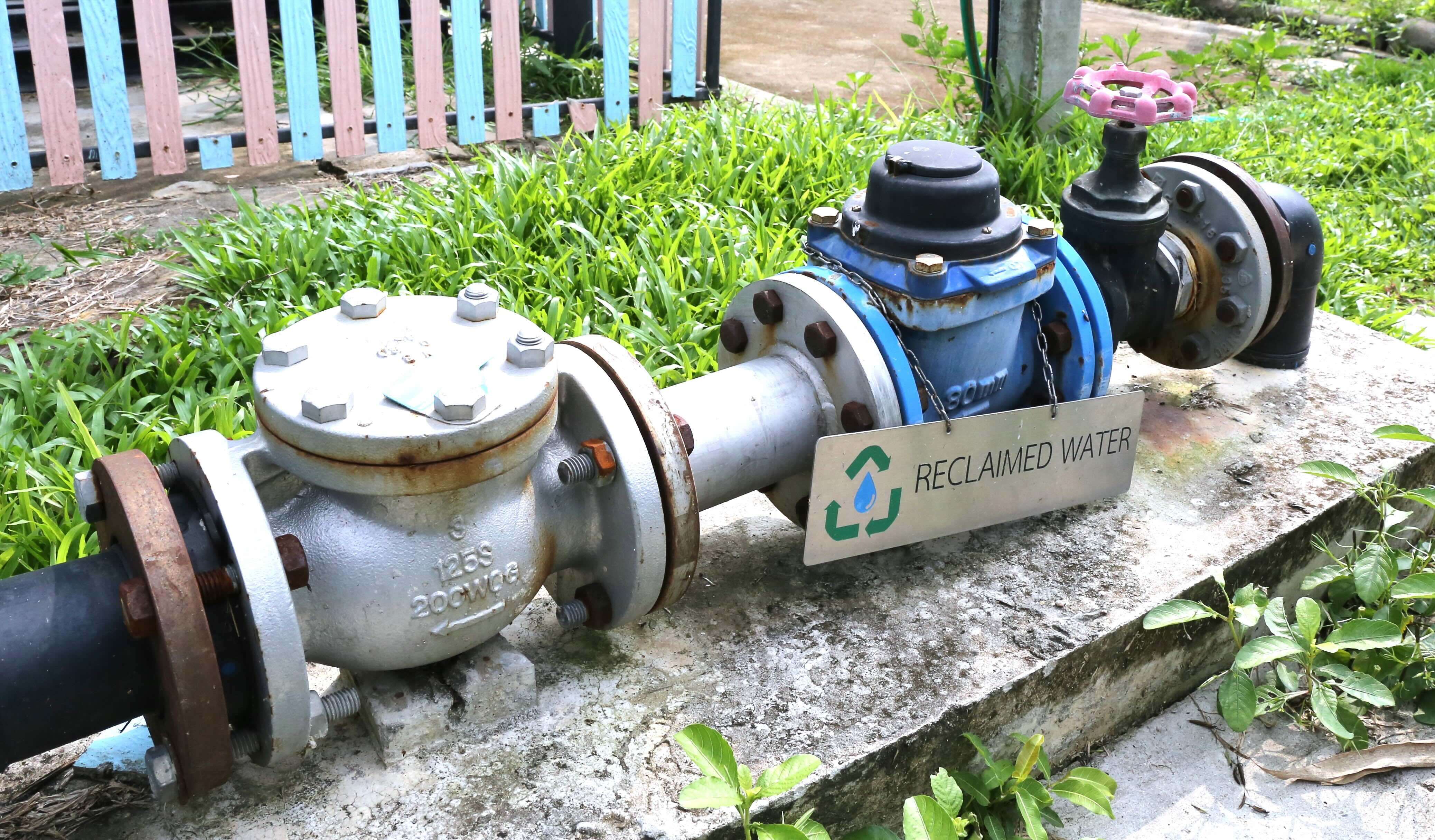
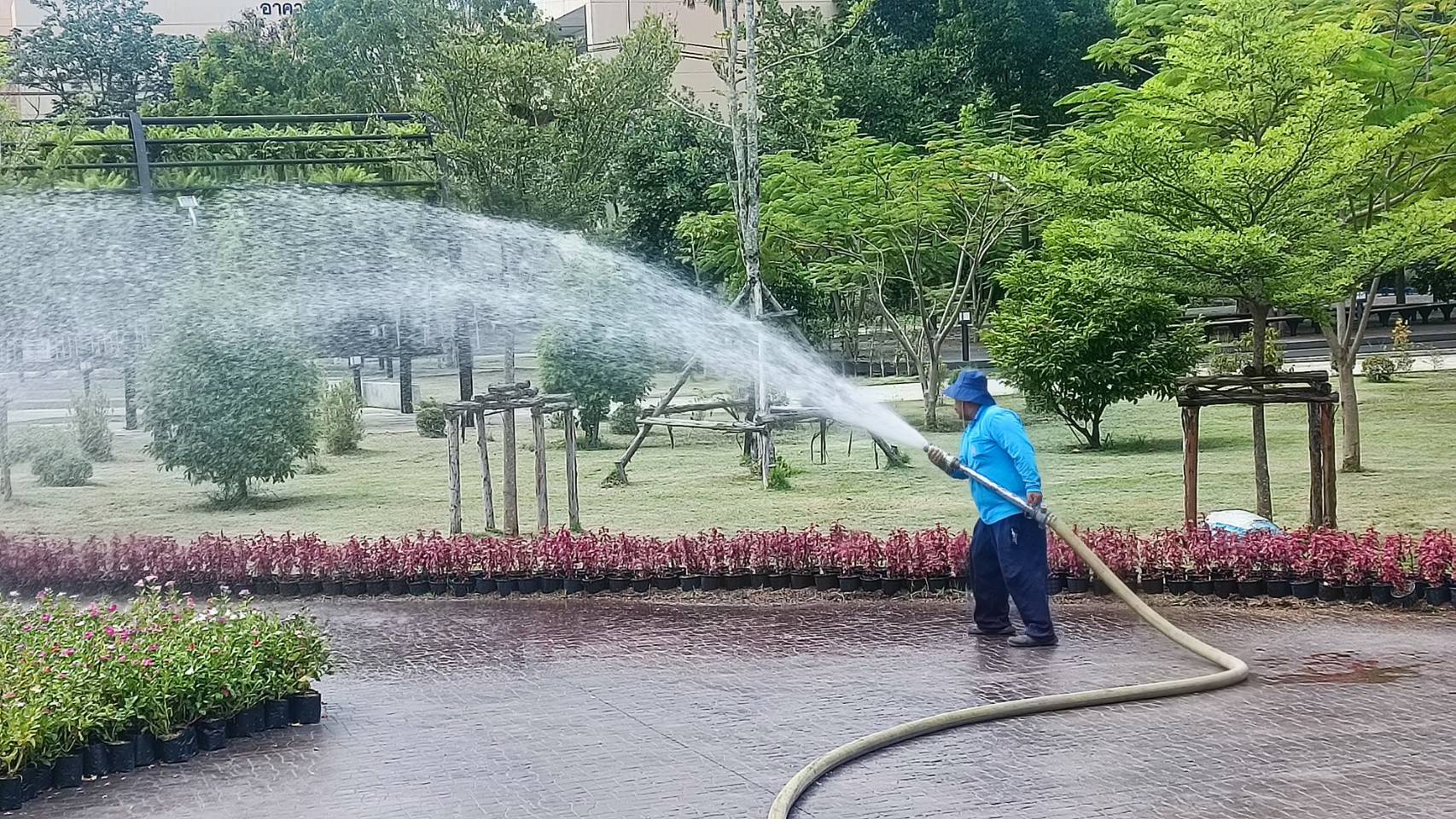
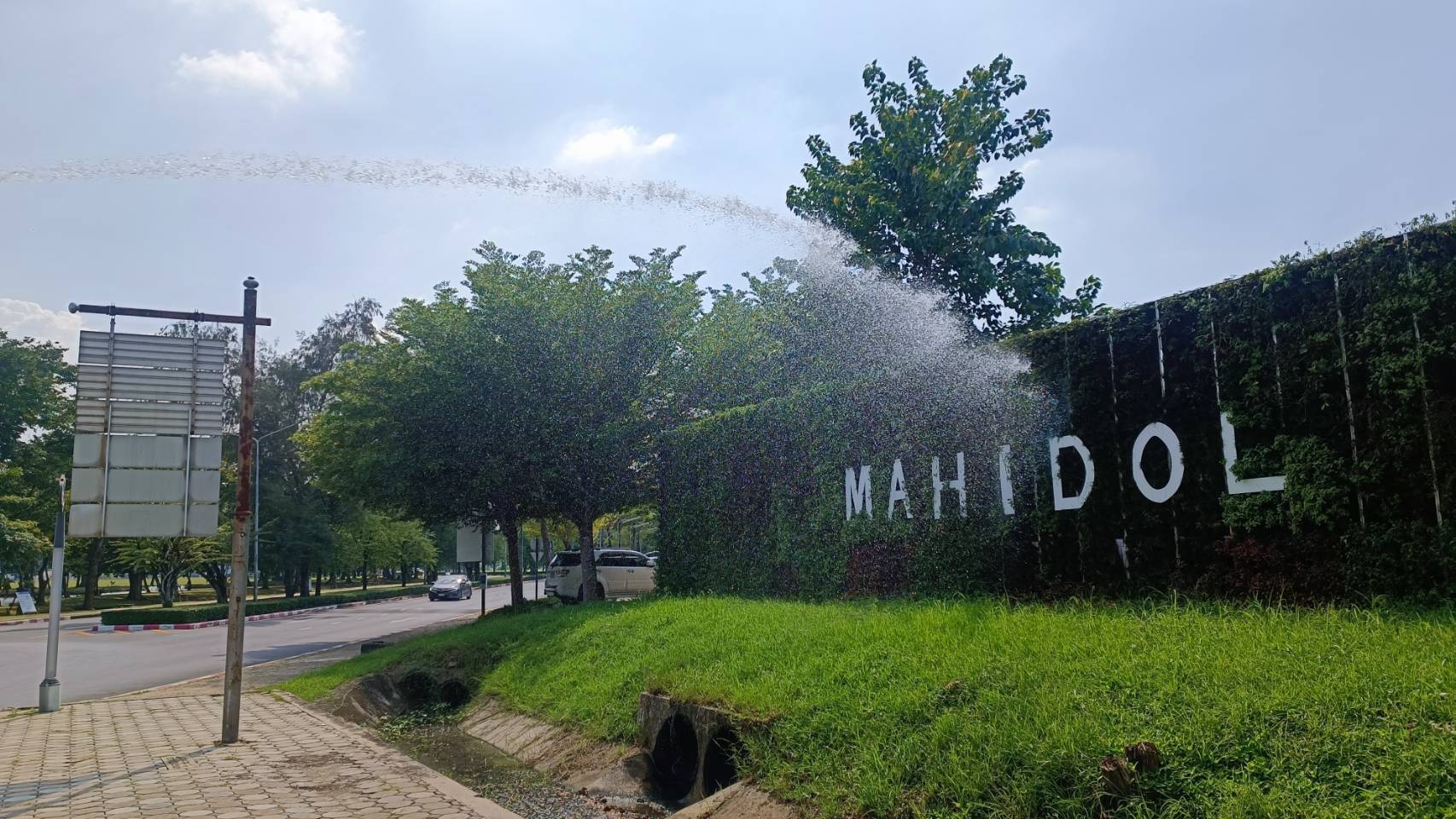

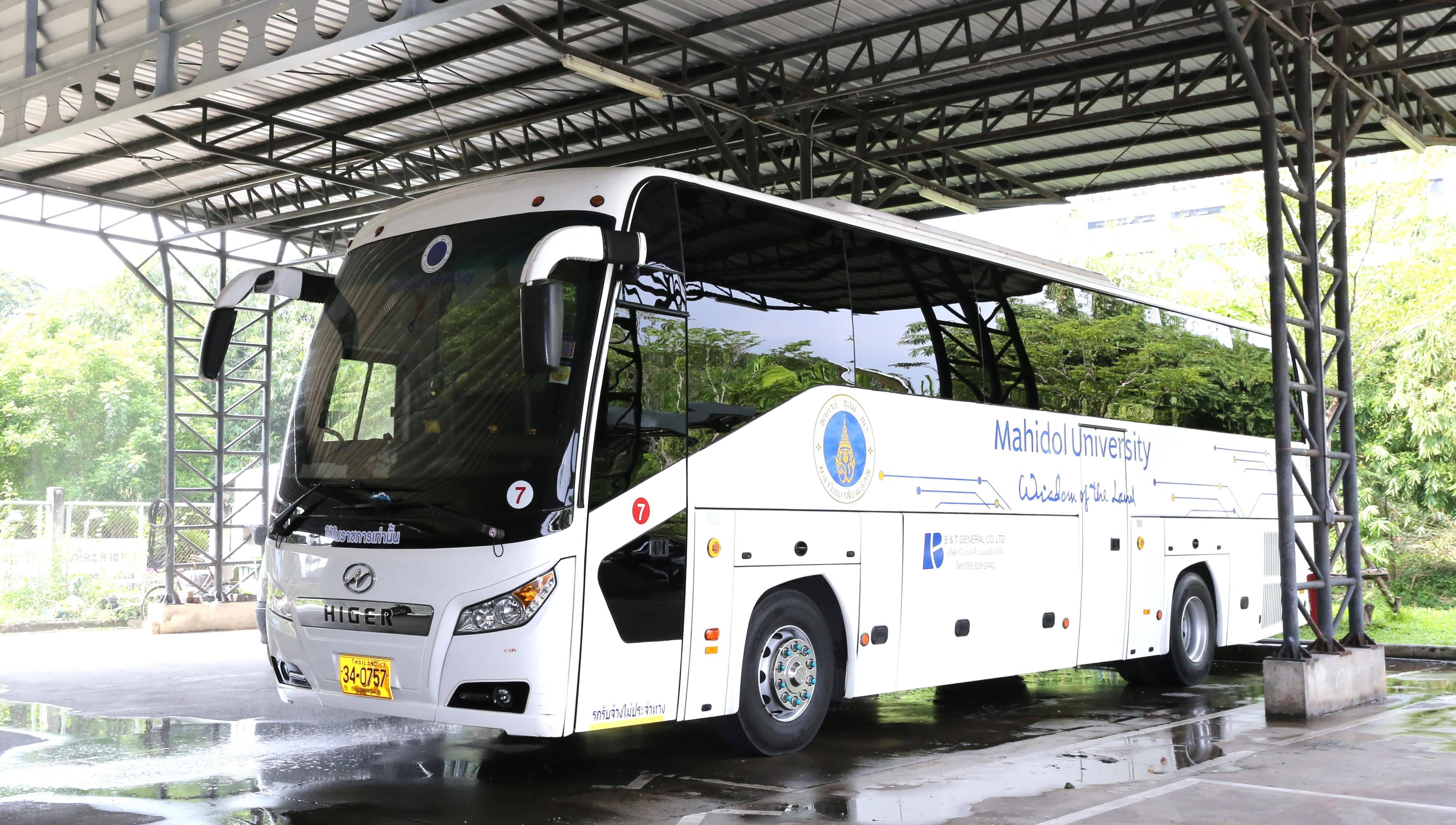
Water leak detection and fix immediately
The university has a digital water supply system that allows it to monitor water usage at every location and even determine whether the water meter is functioning properly. The online system allows the relevant officials to review the work at any time. The system will notify users right away if there is an anomalous operation, such as a broken or leaky pipe. So, officials will enter the area right away to check or make repairs.


Define the water guideline to prepare for crises and droughts that will occur in the future.
